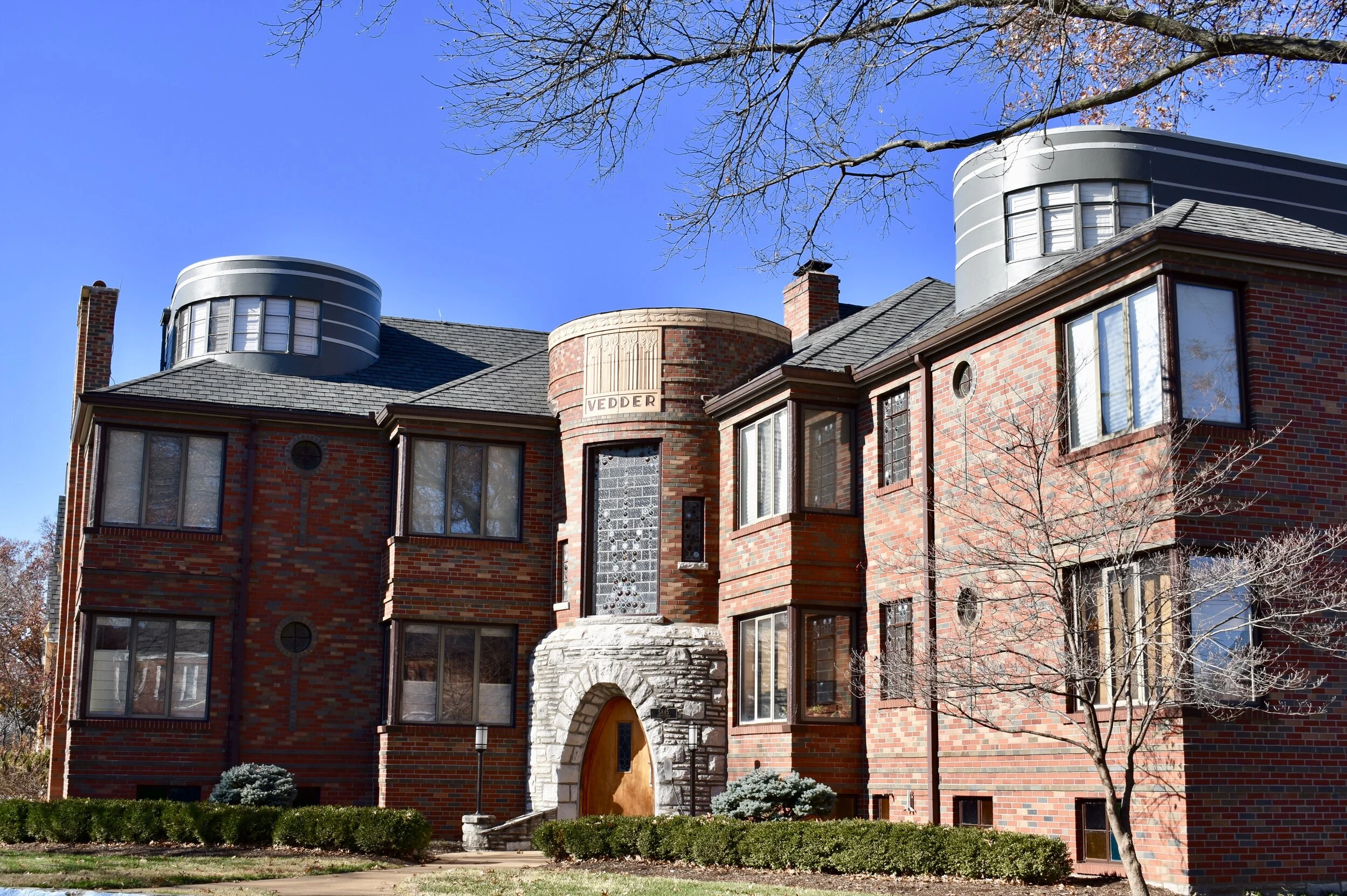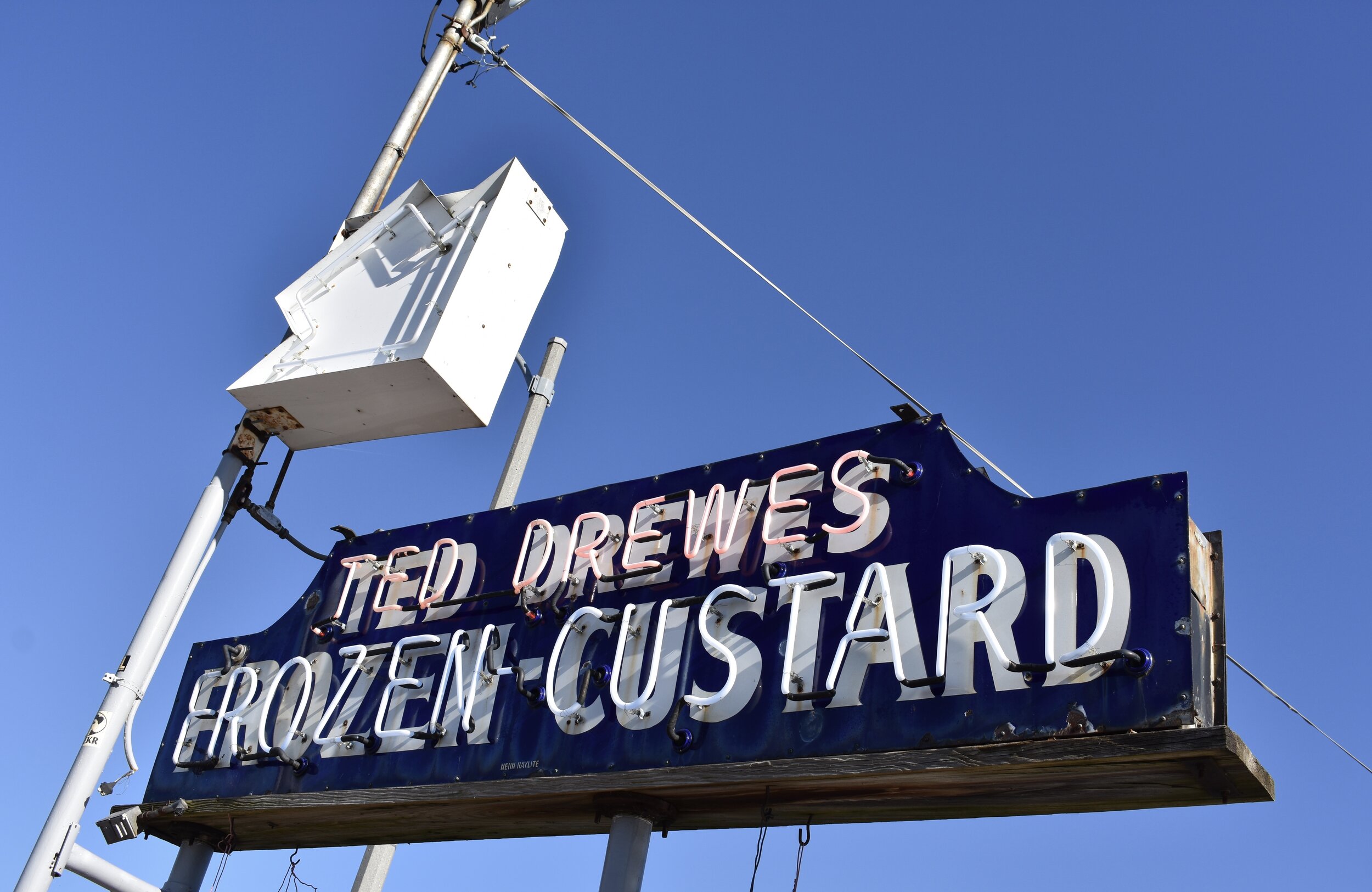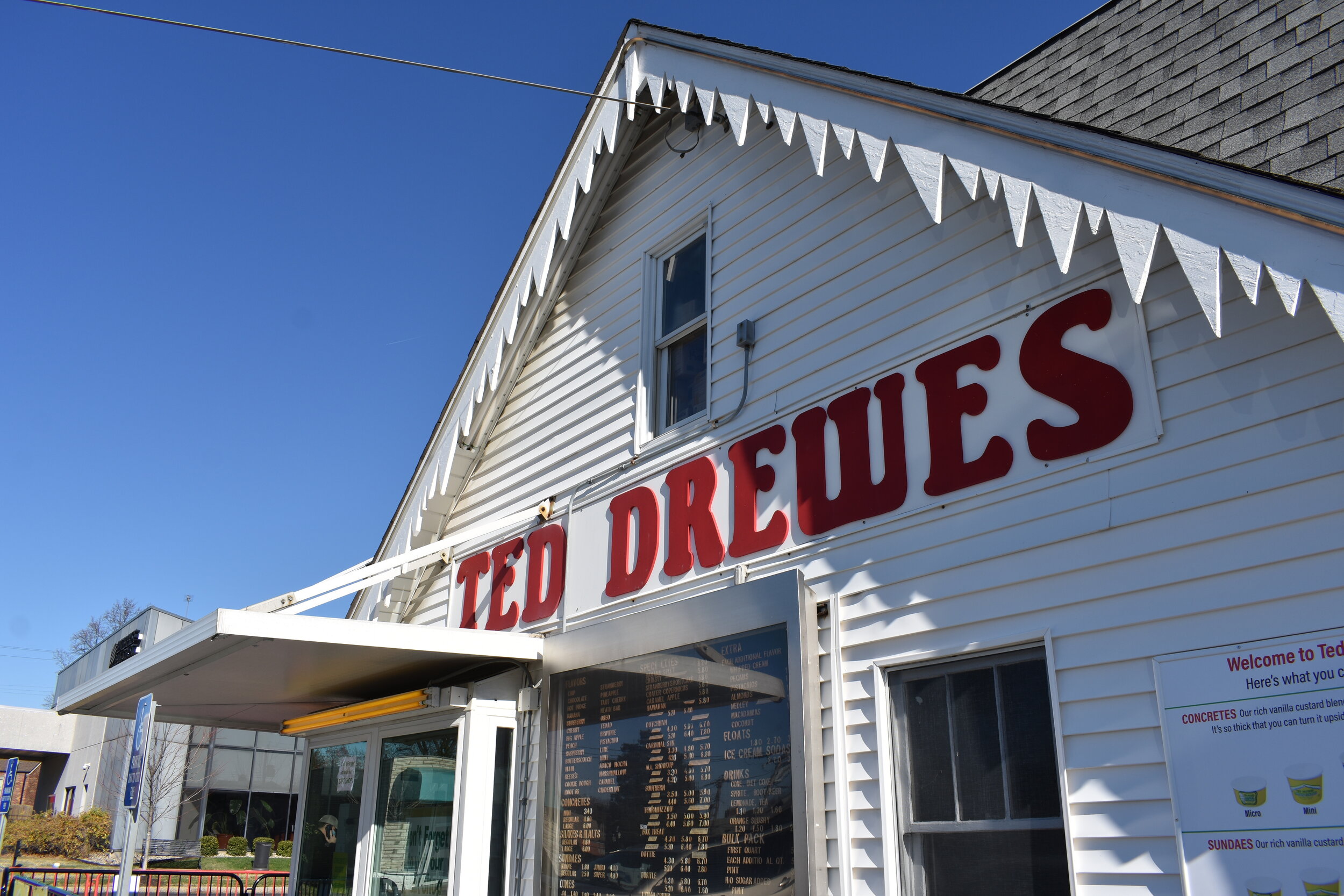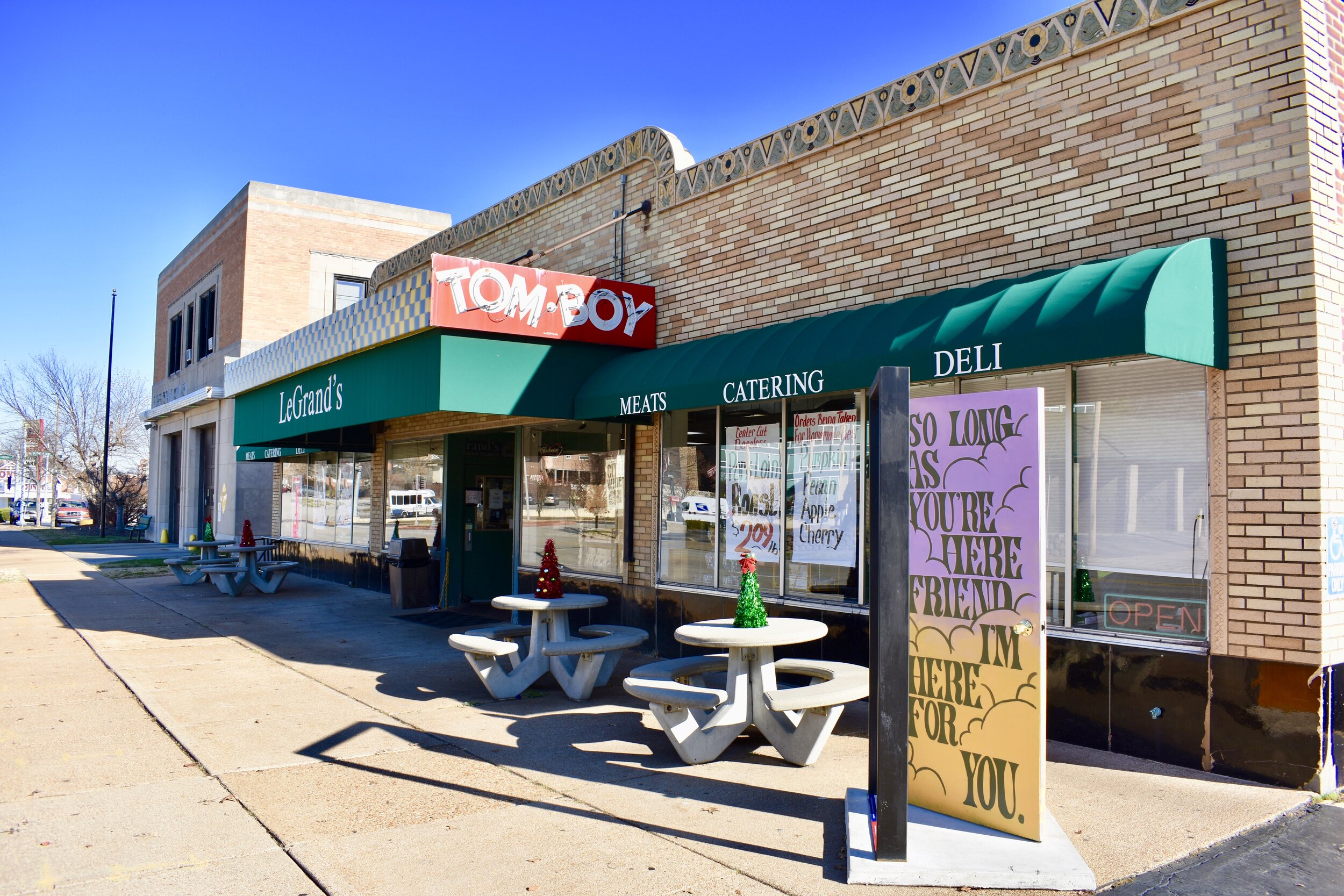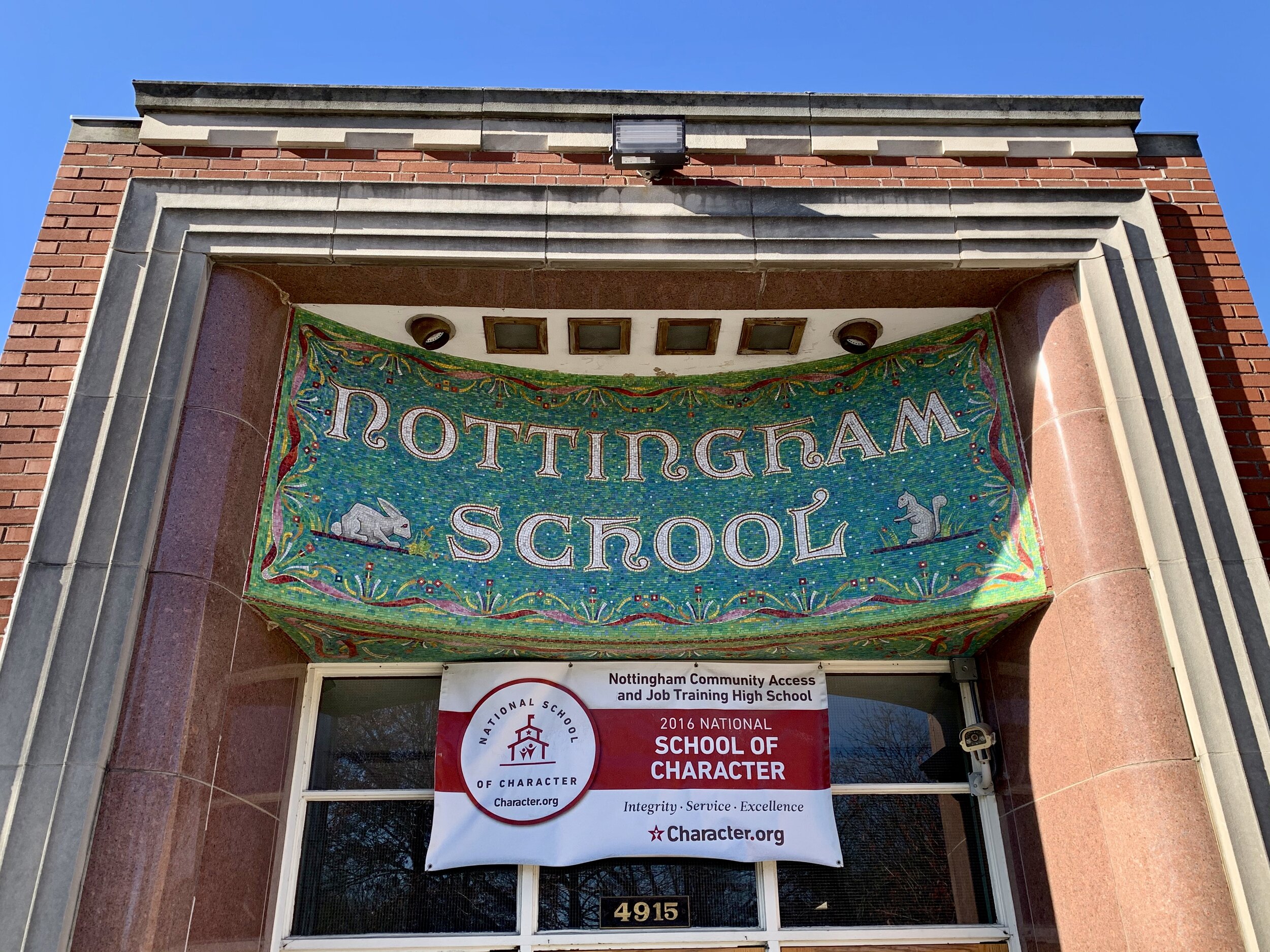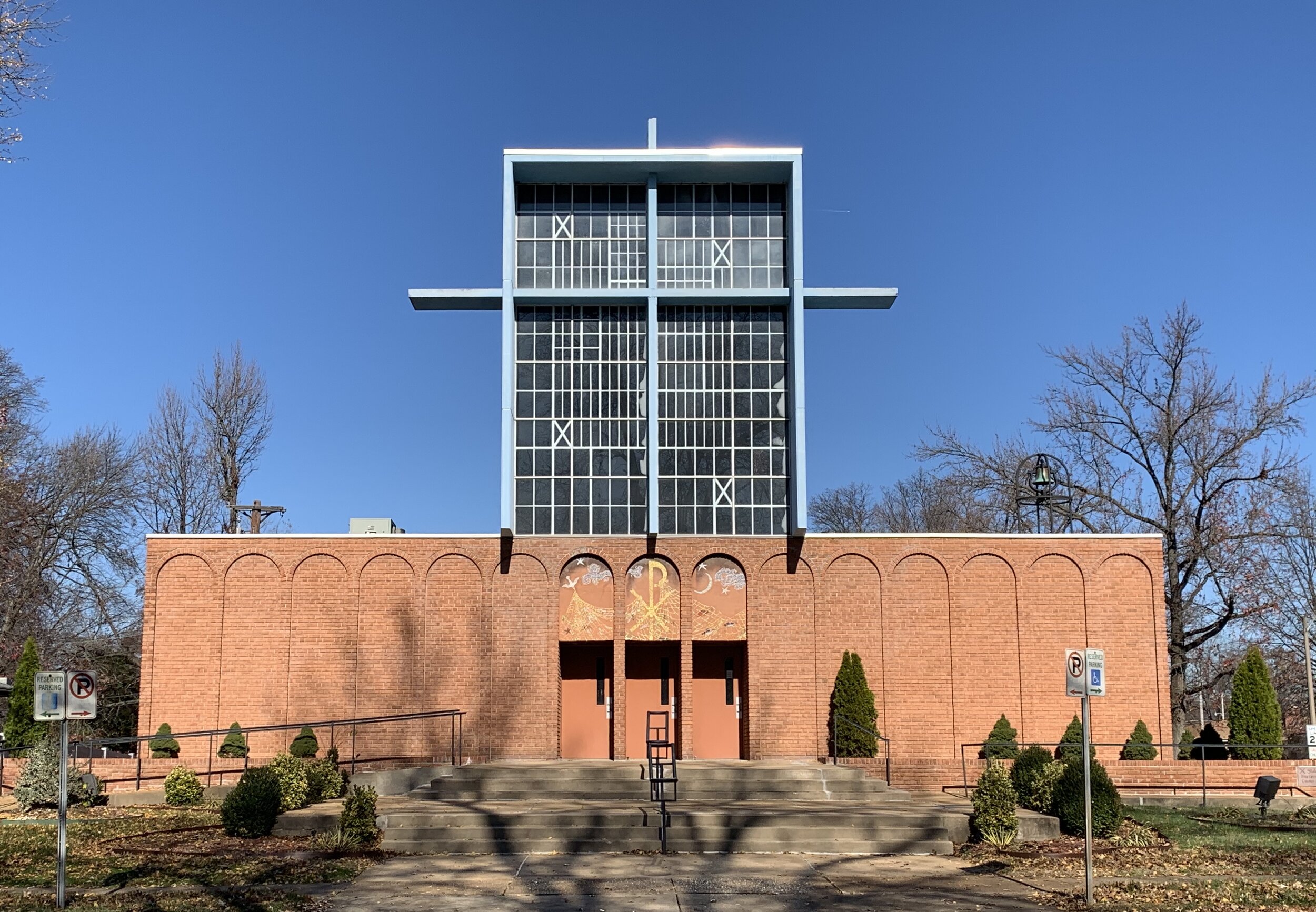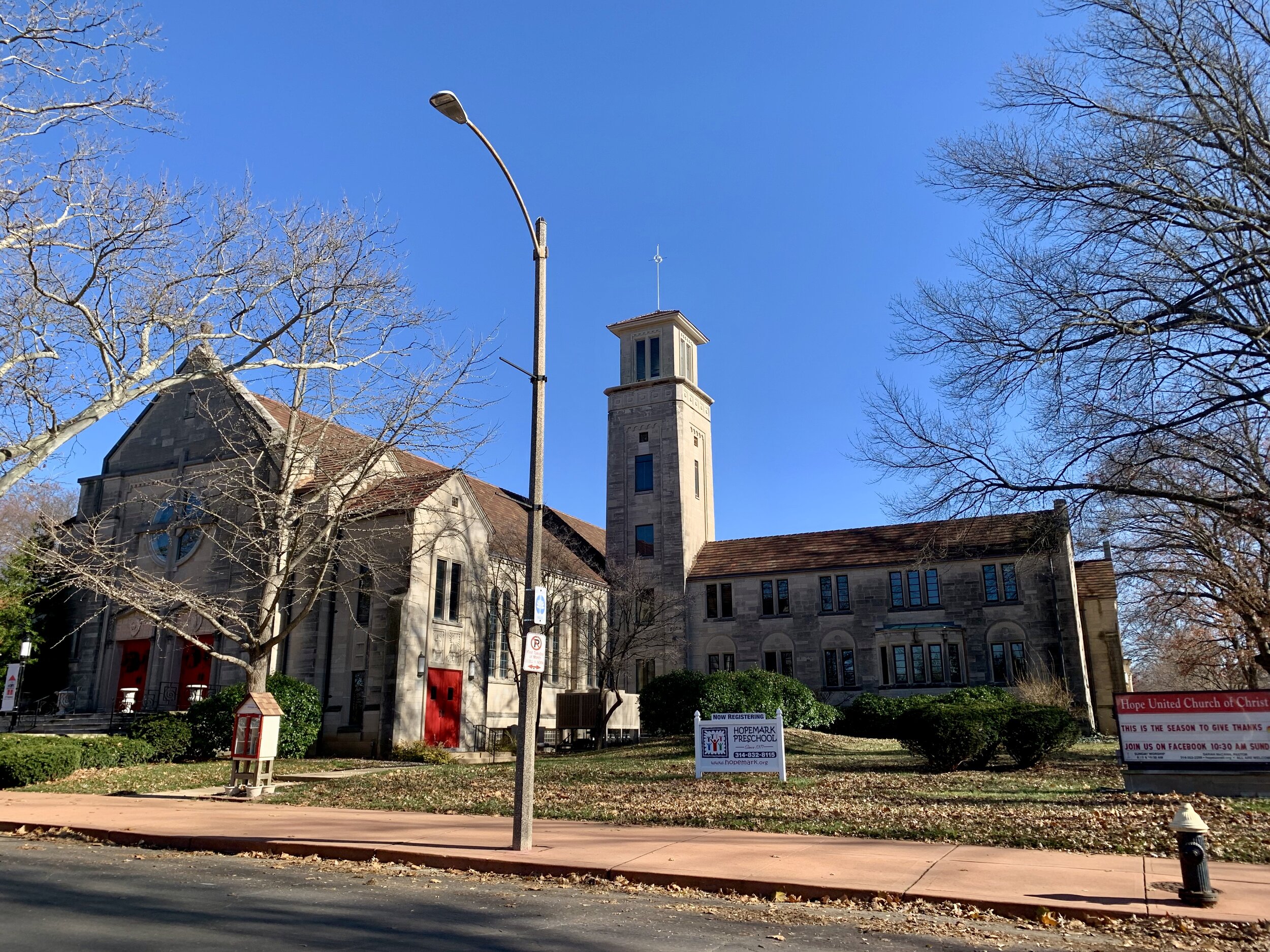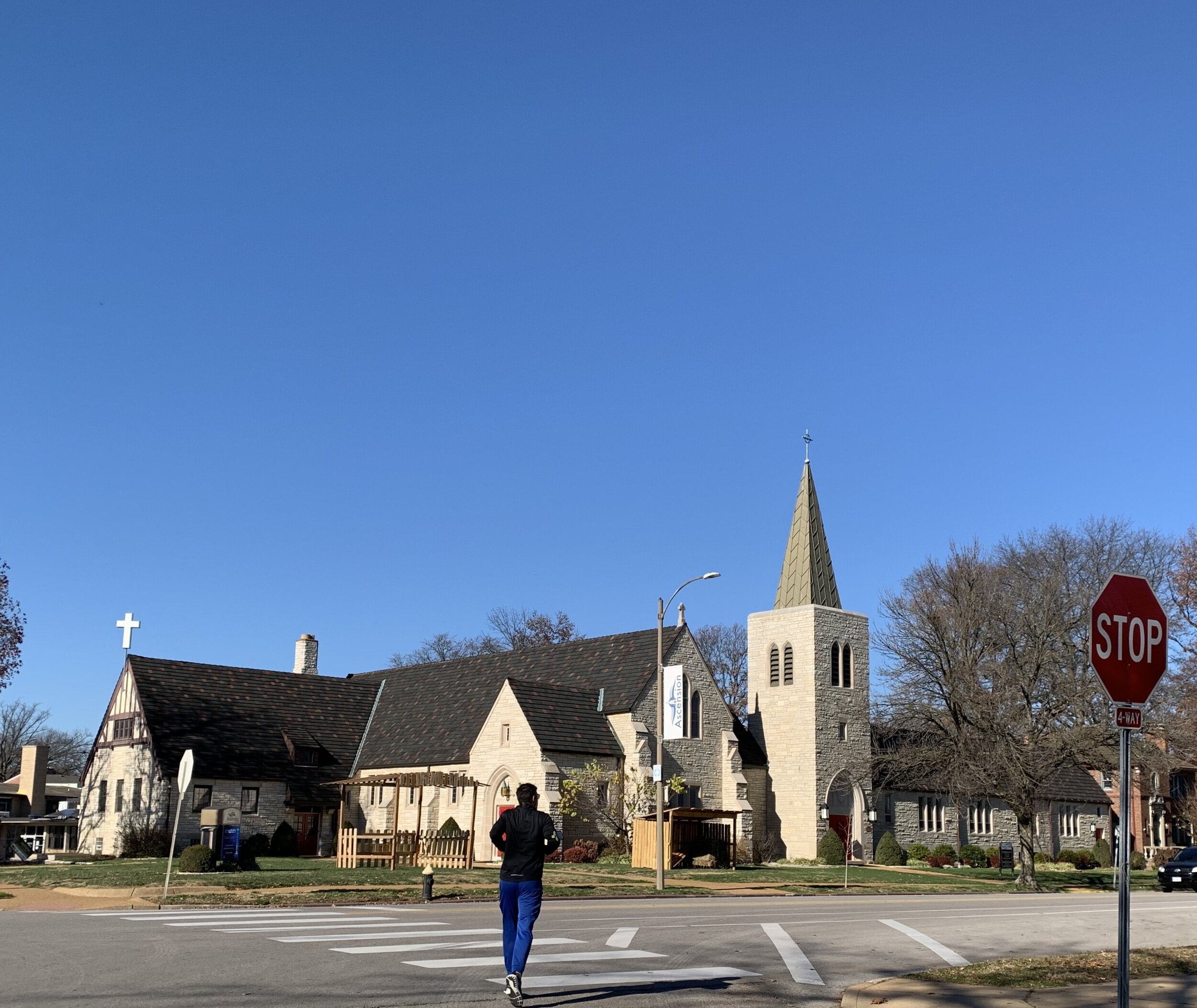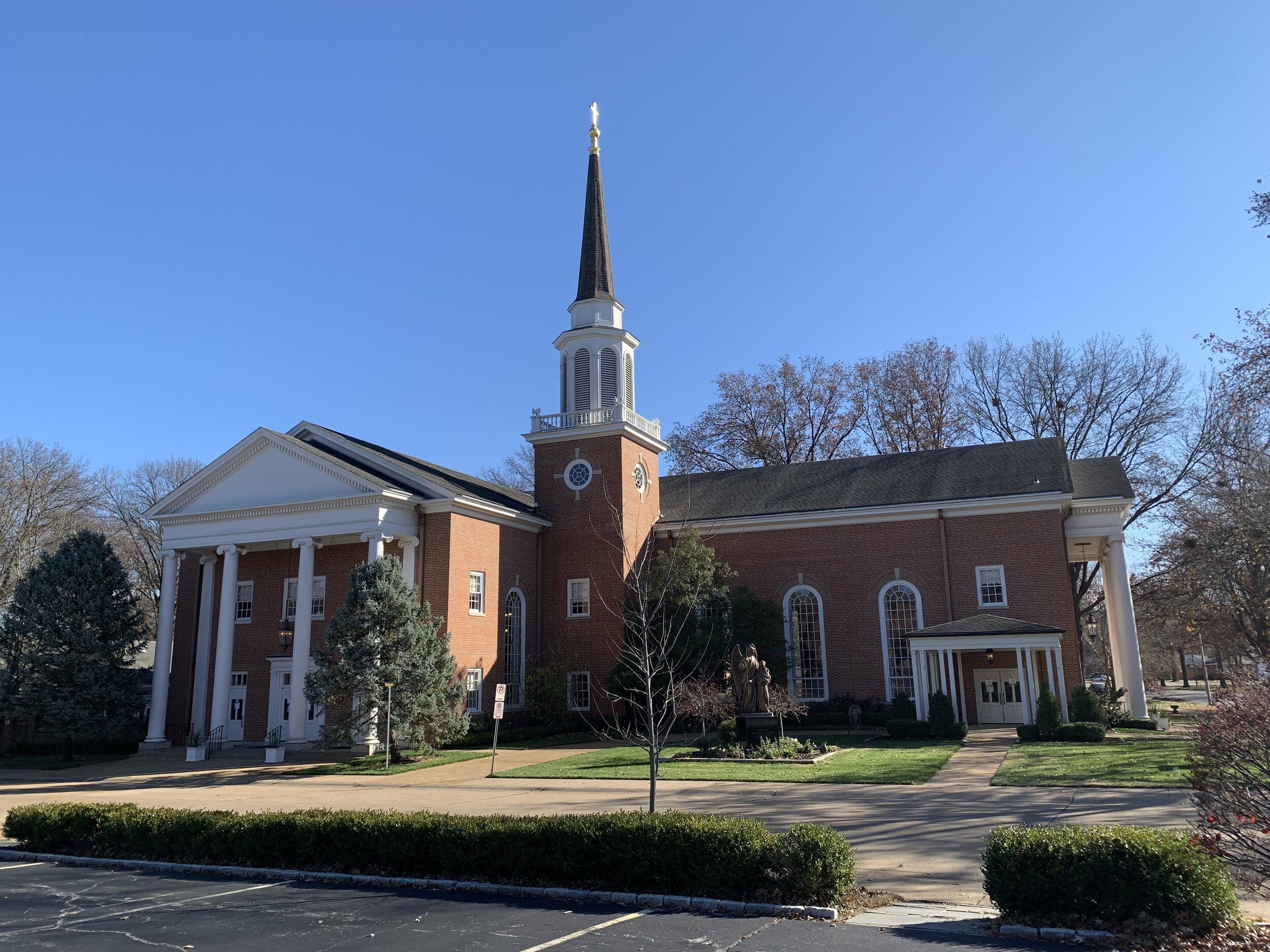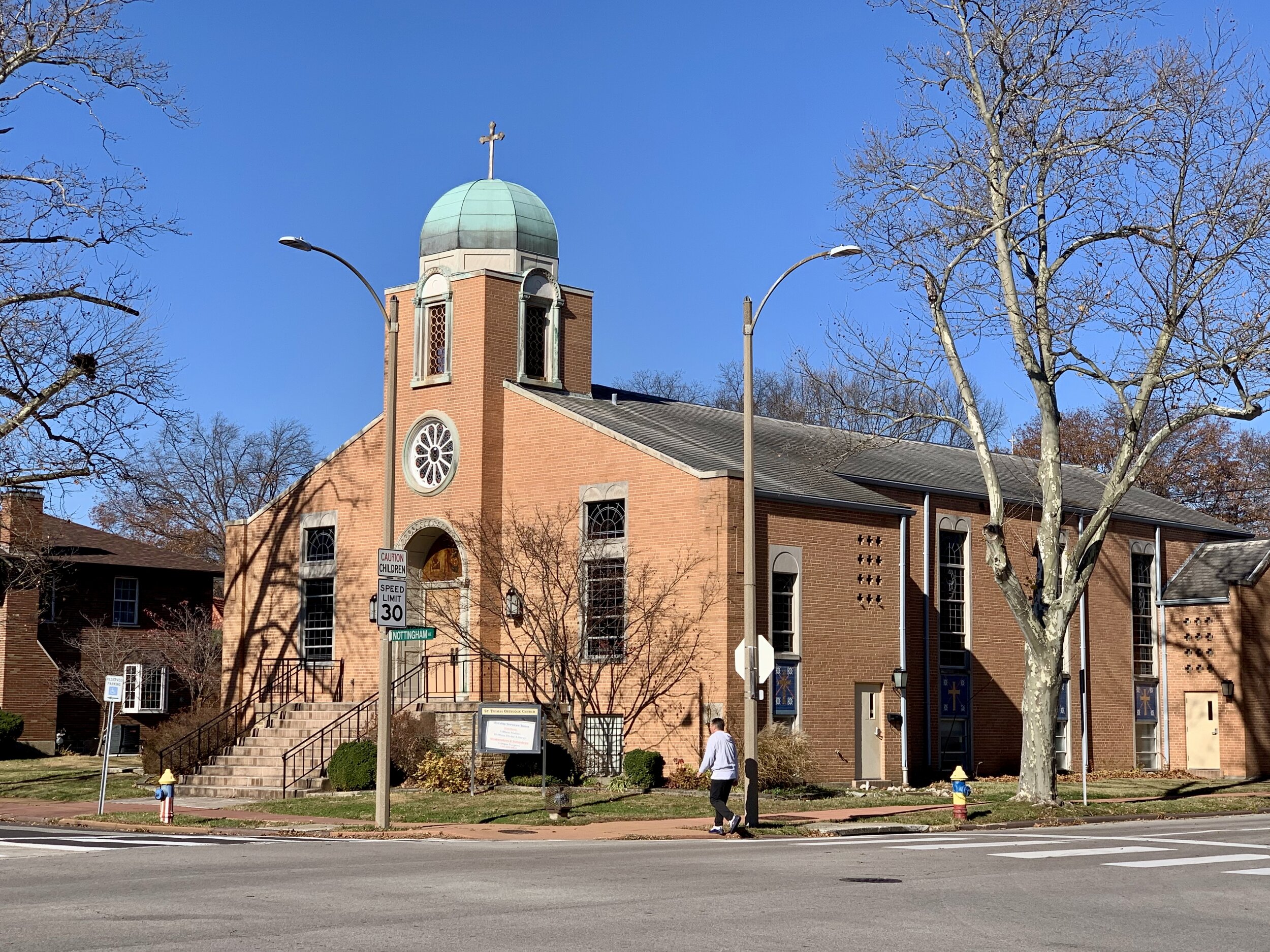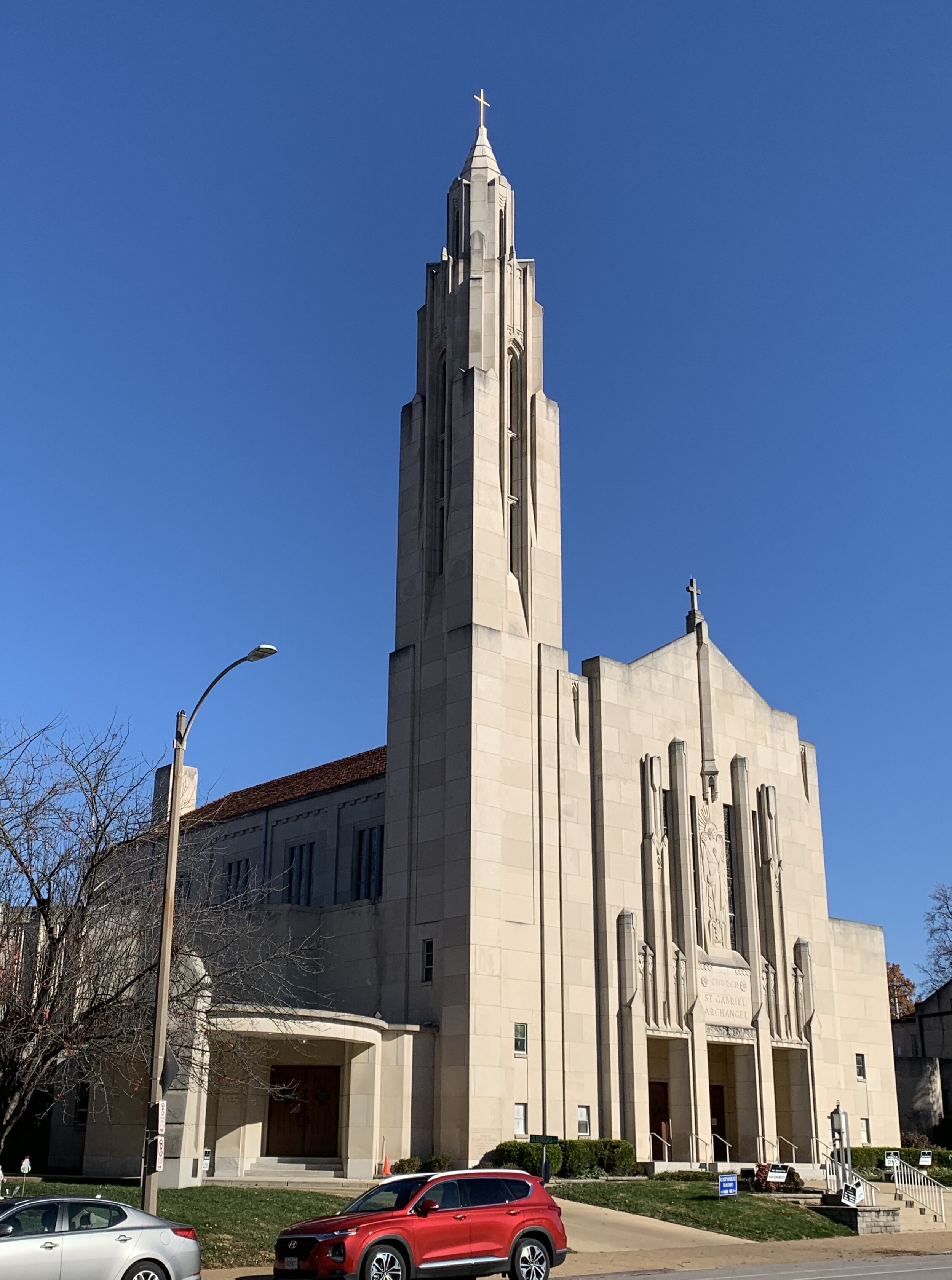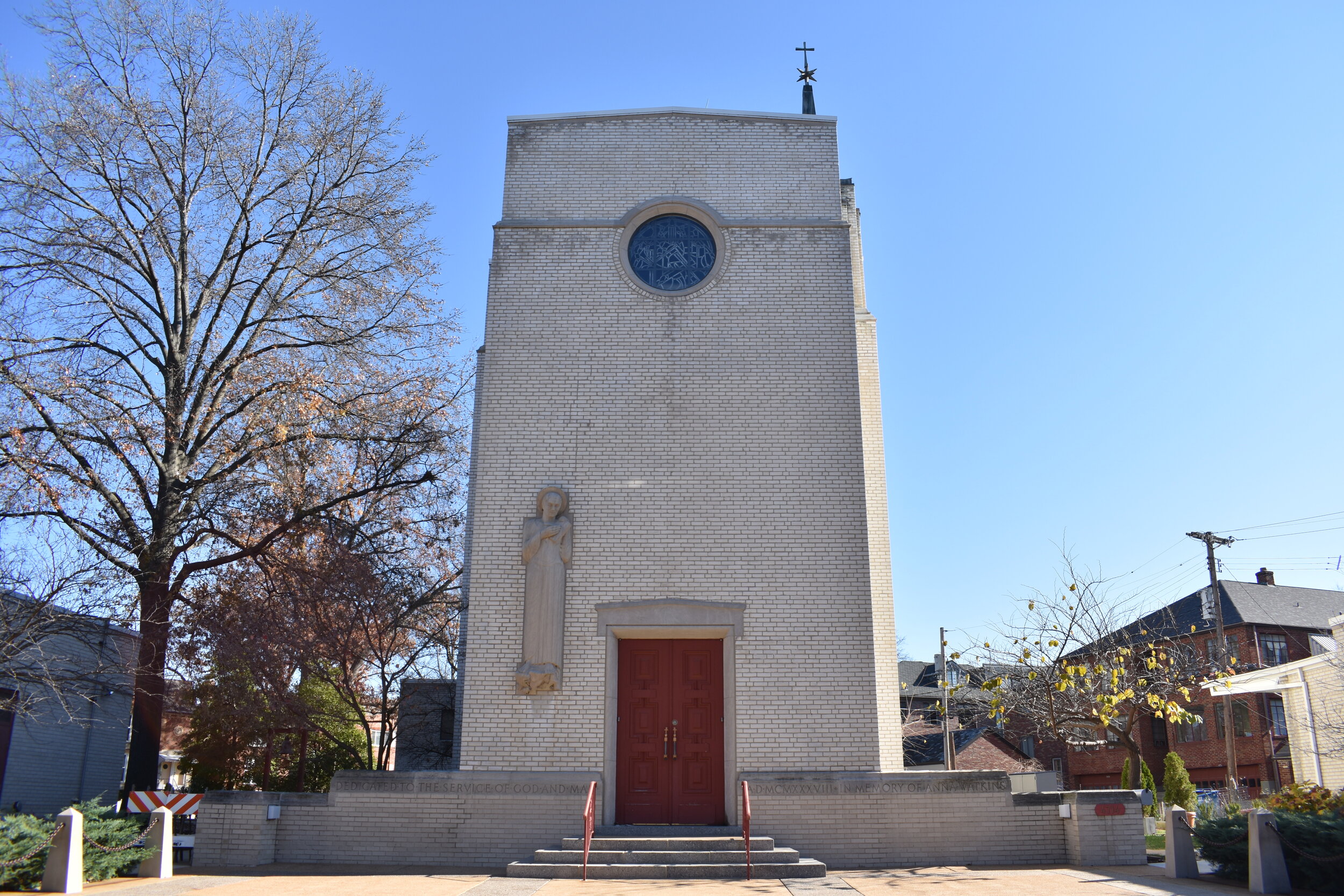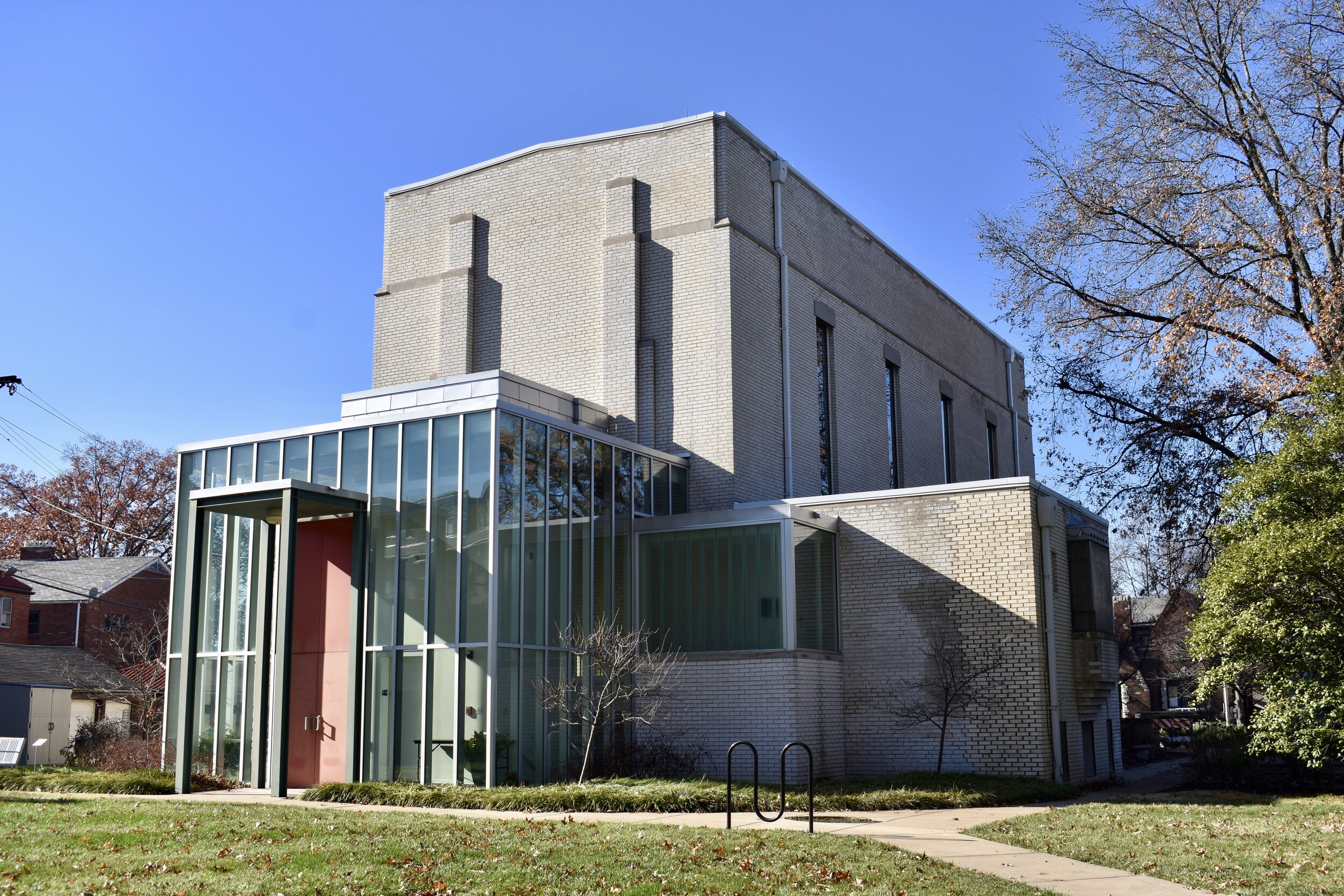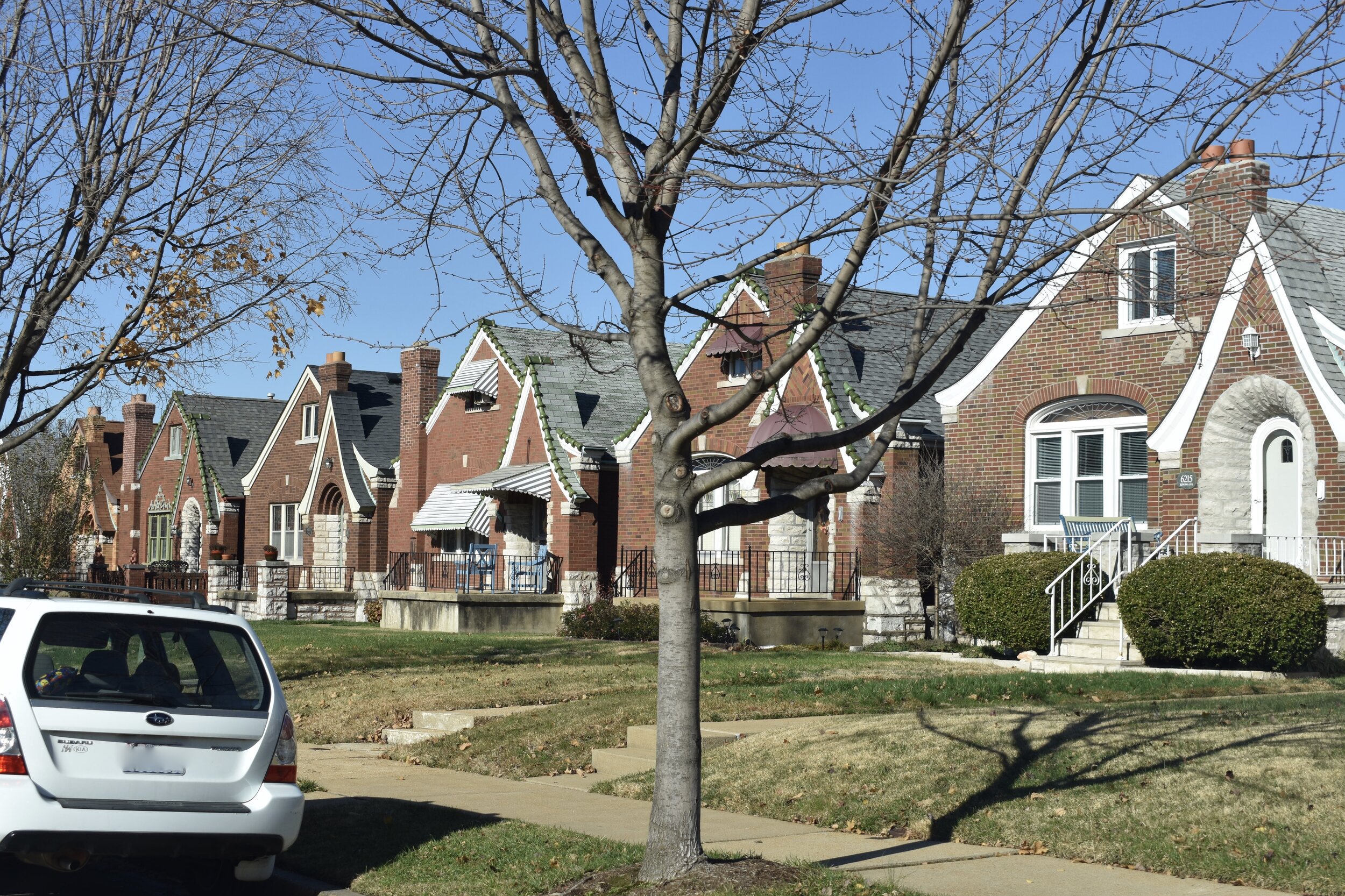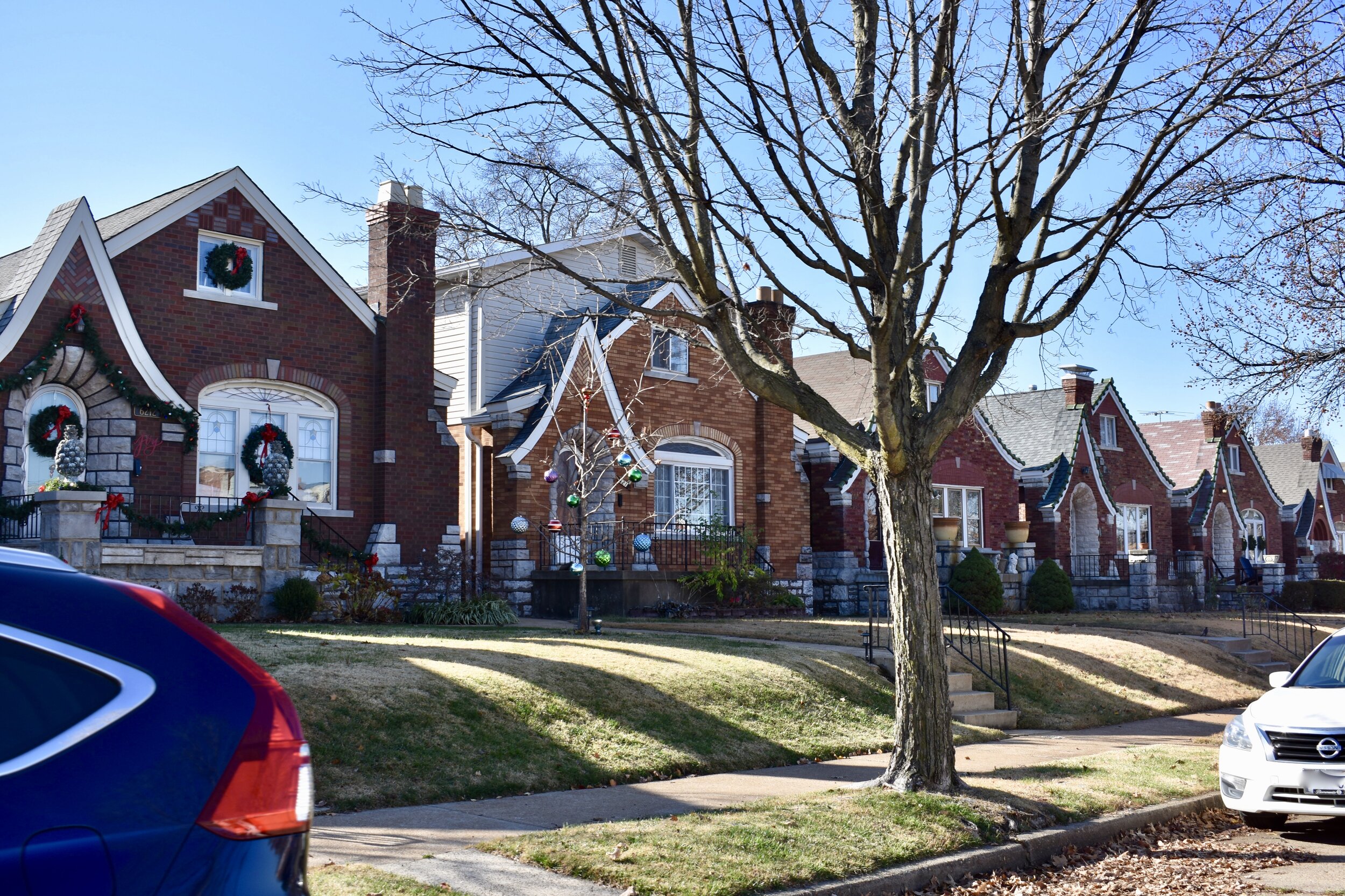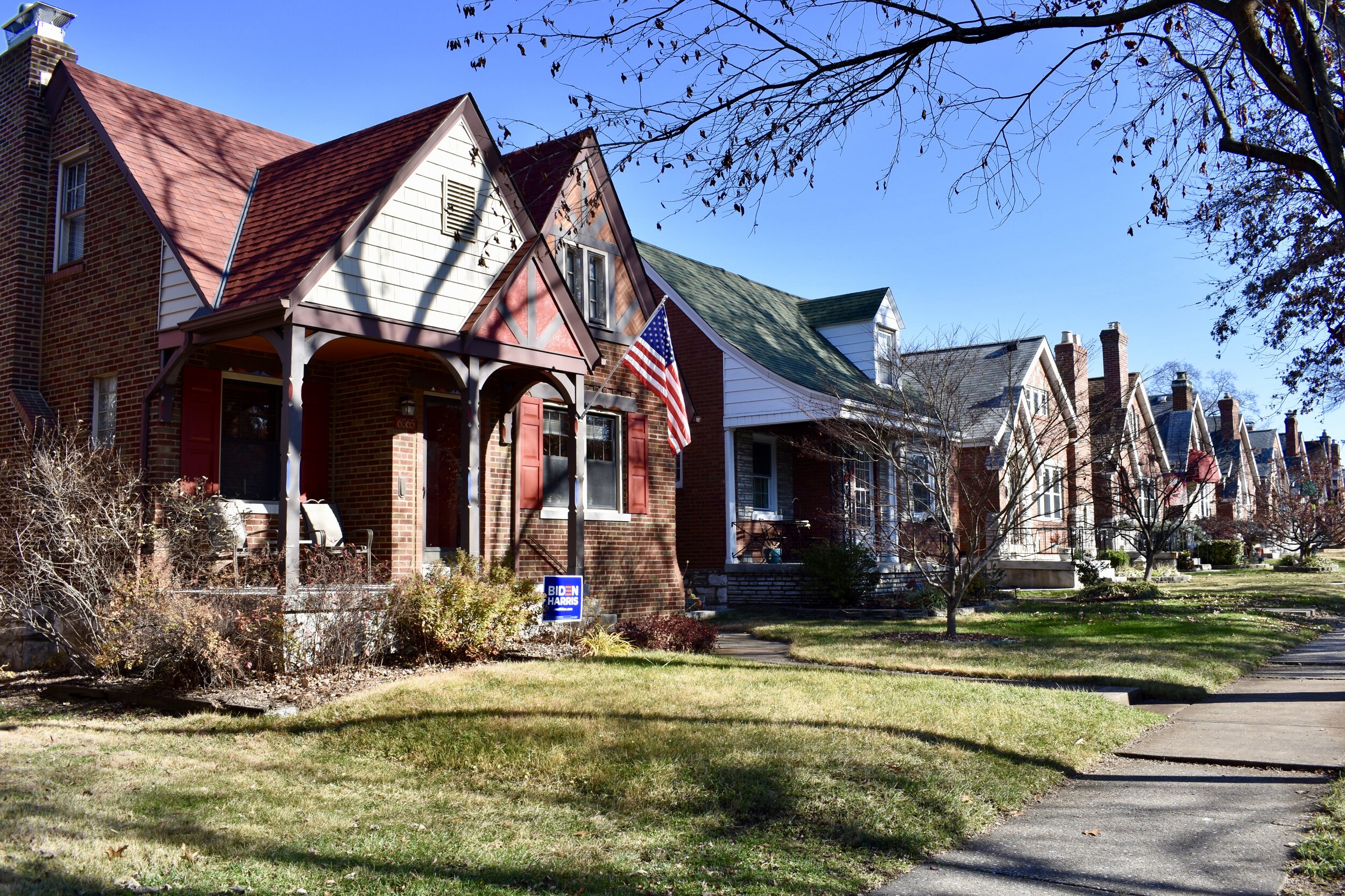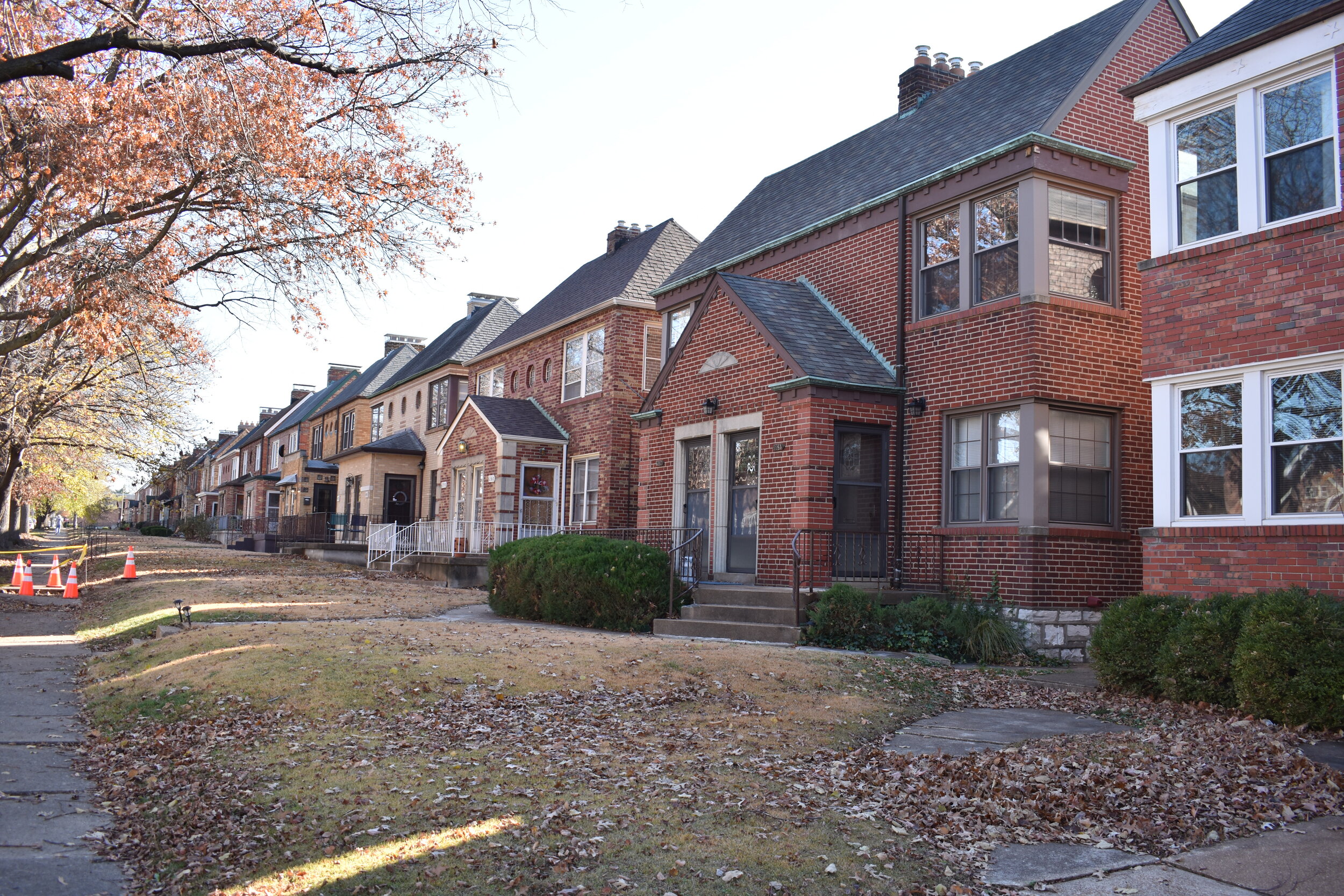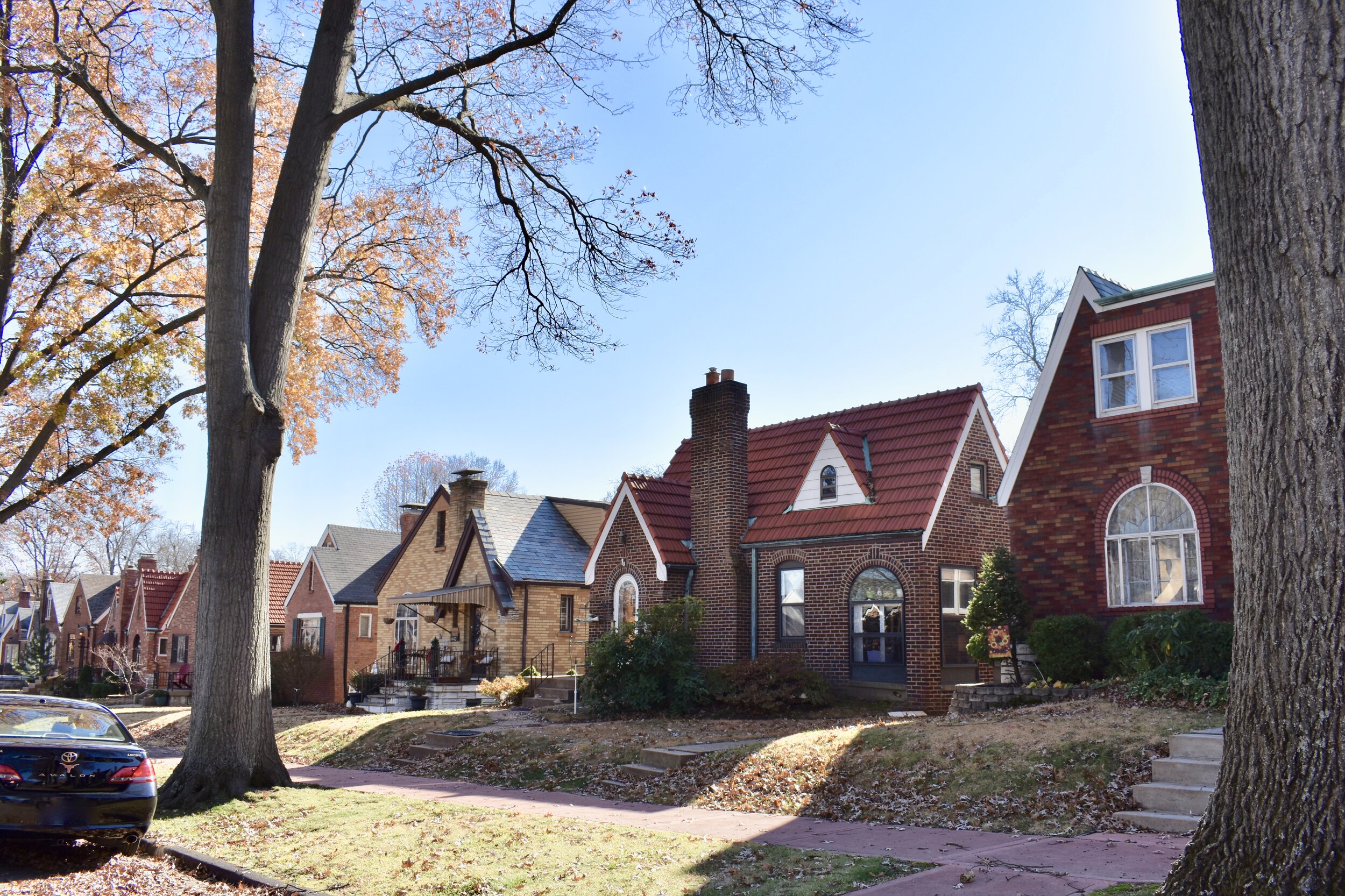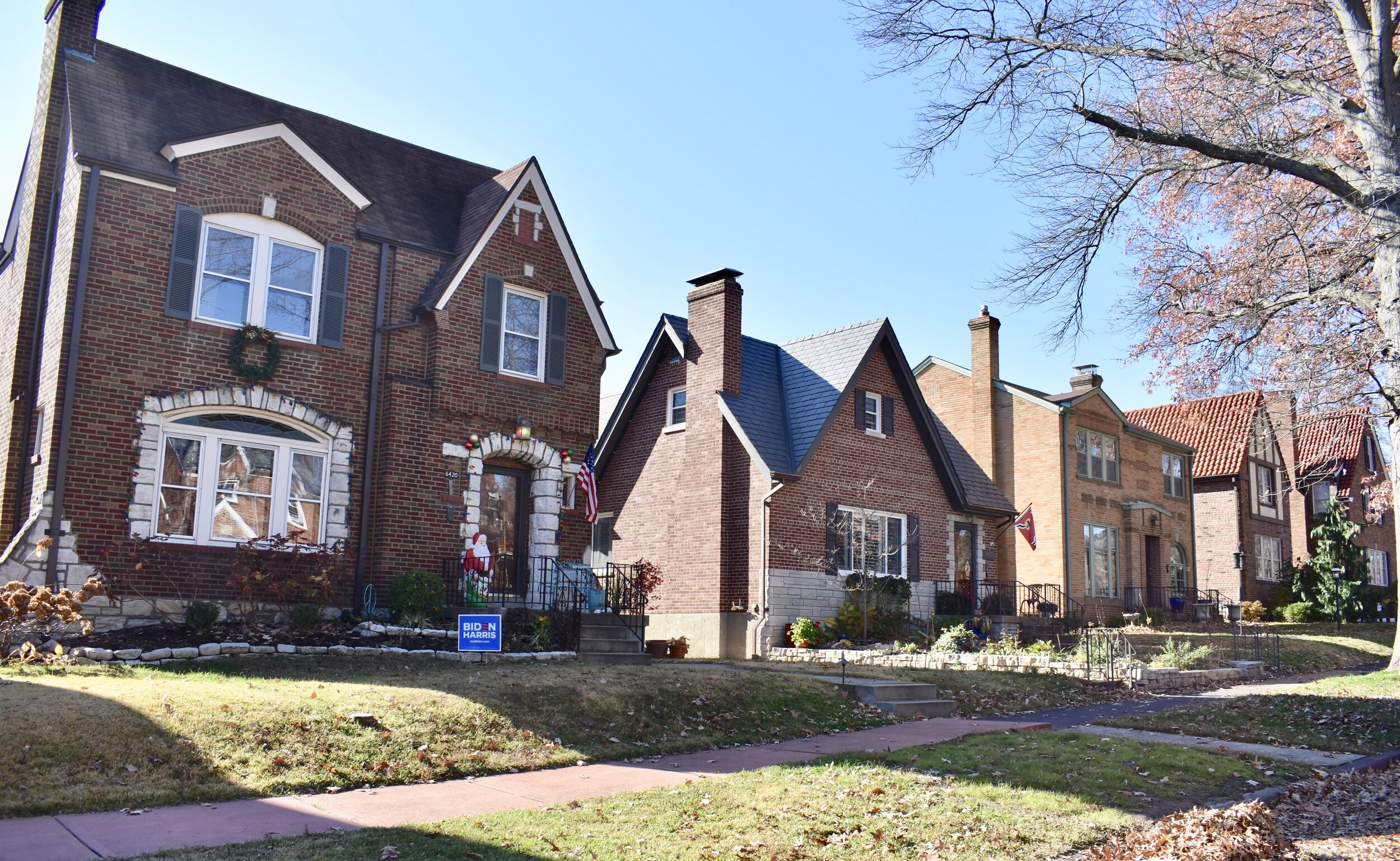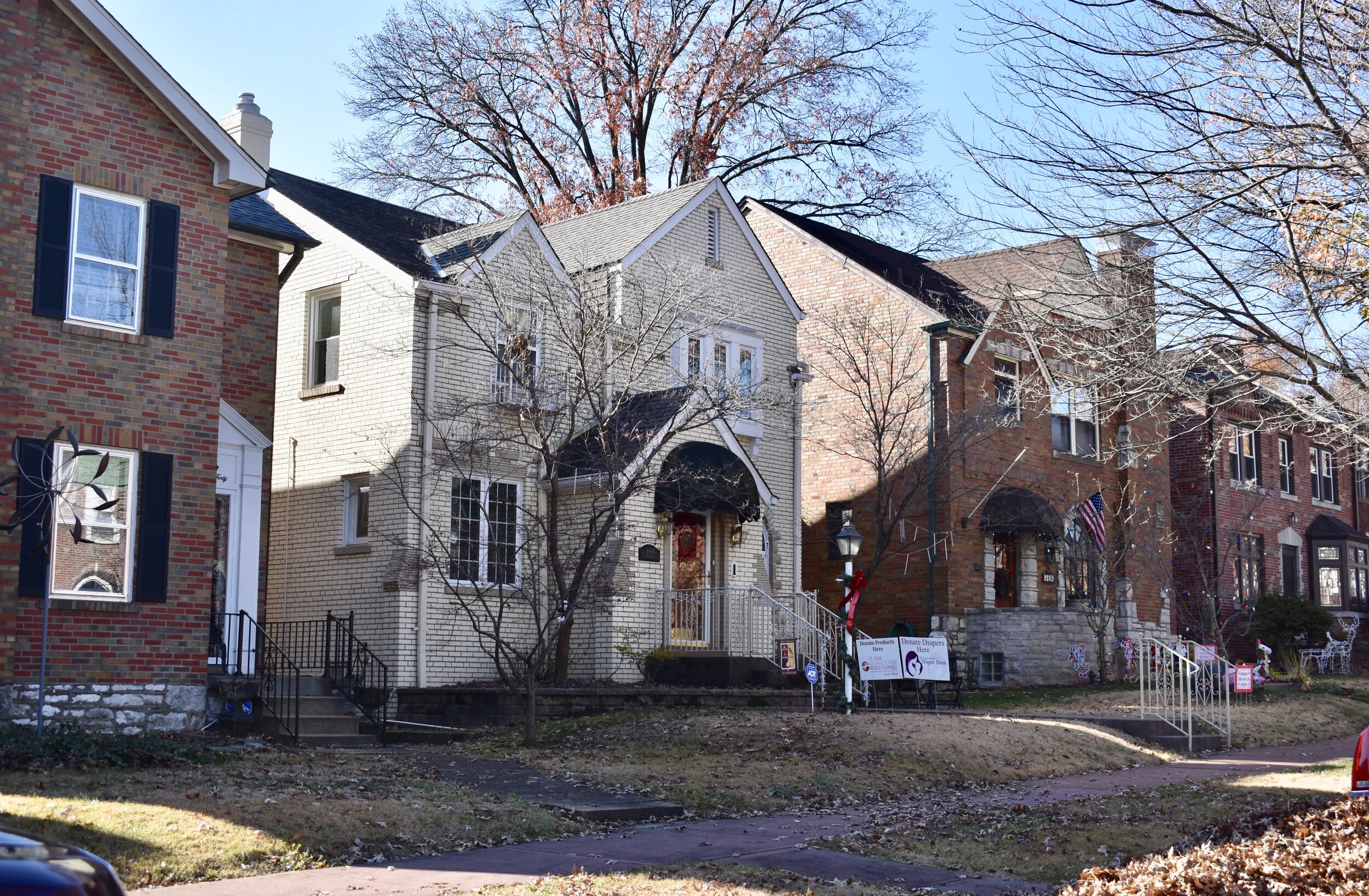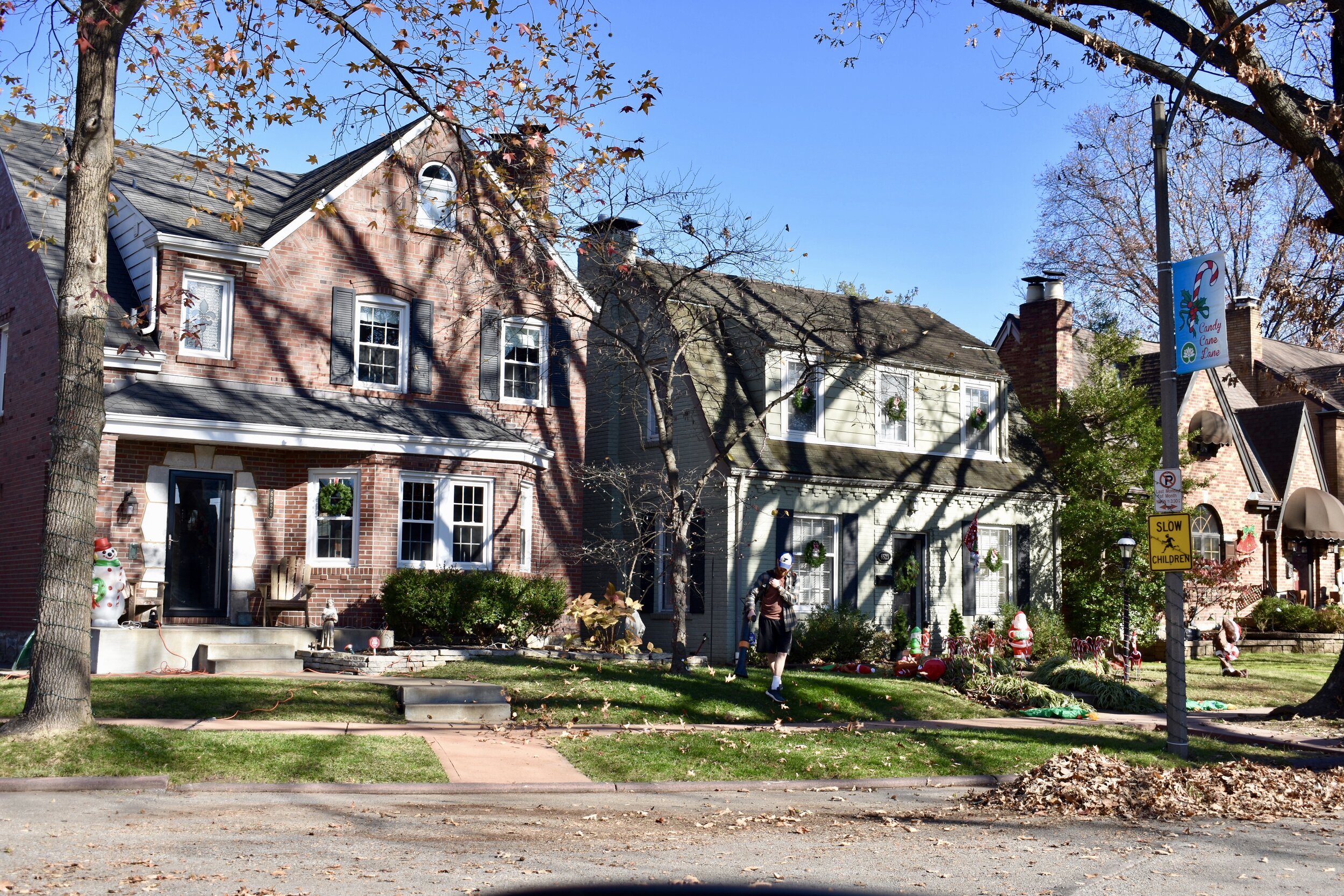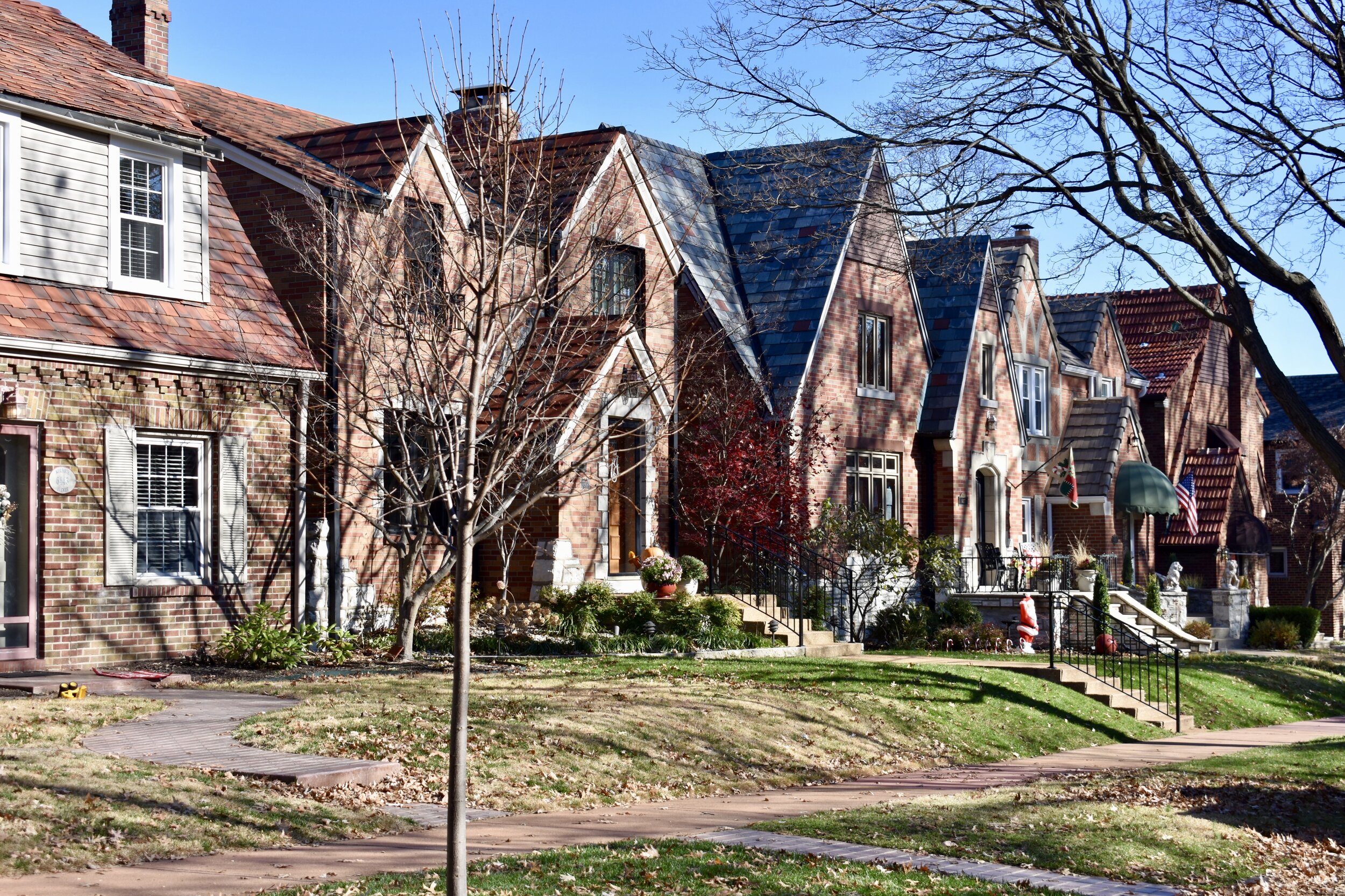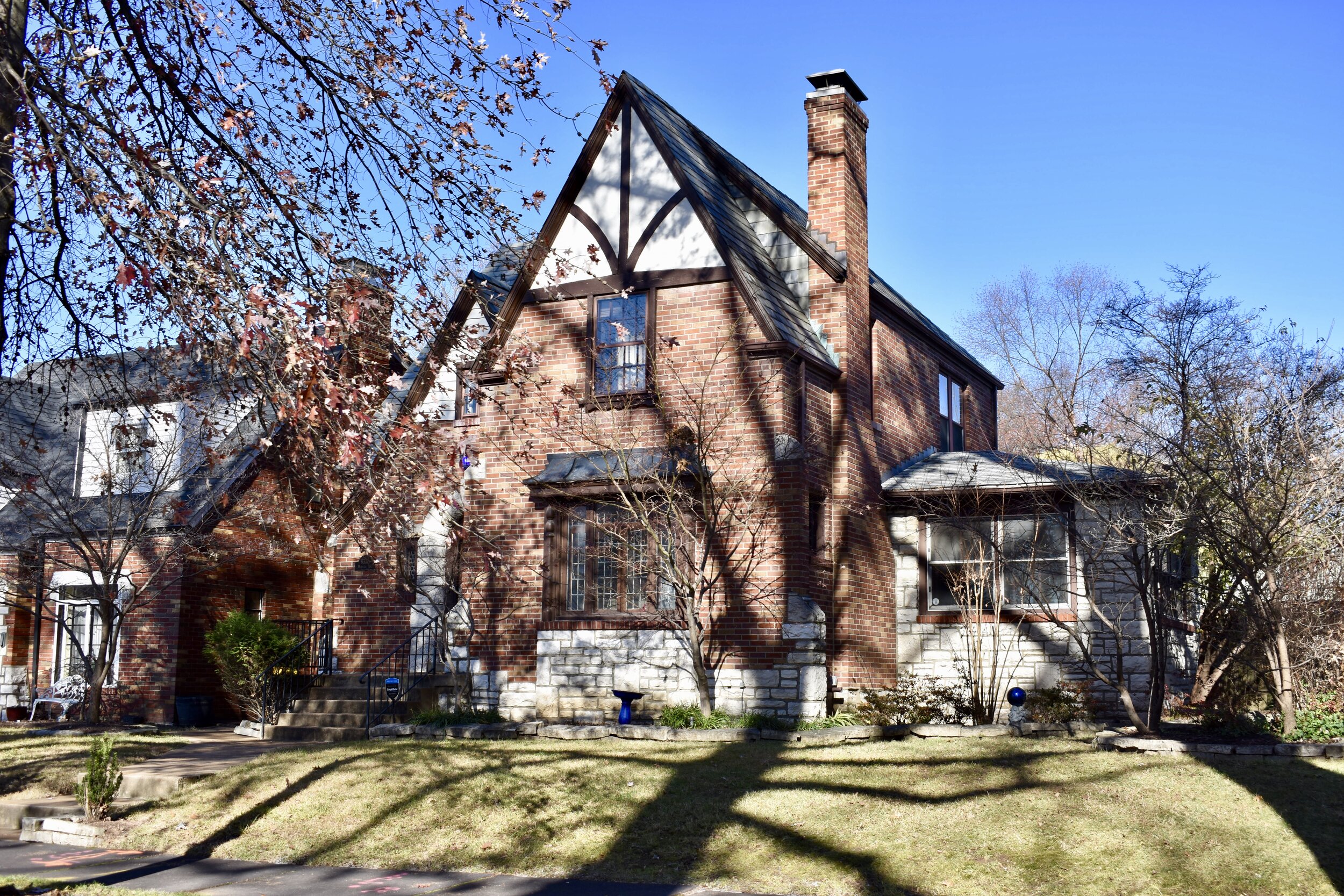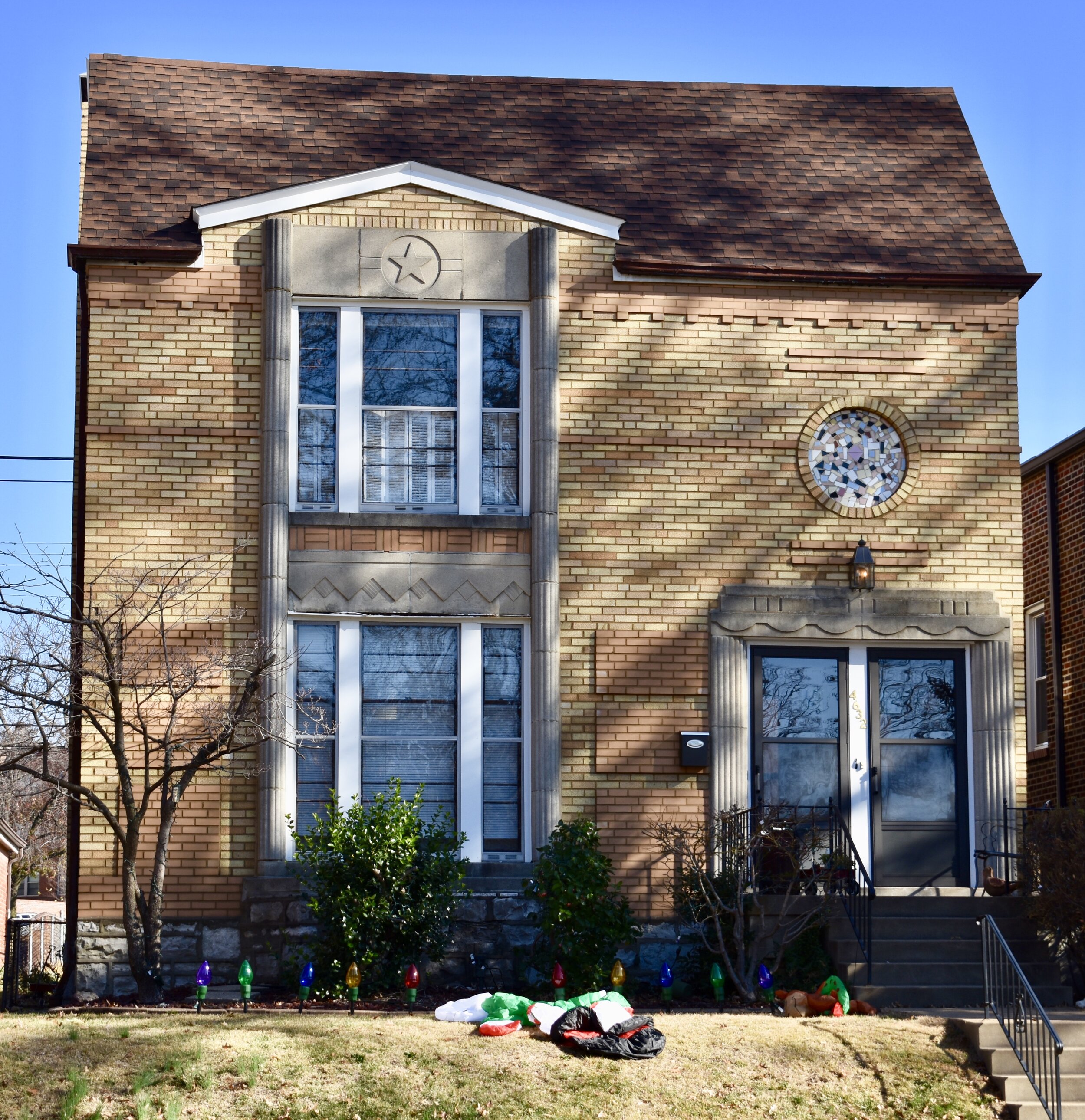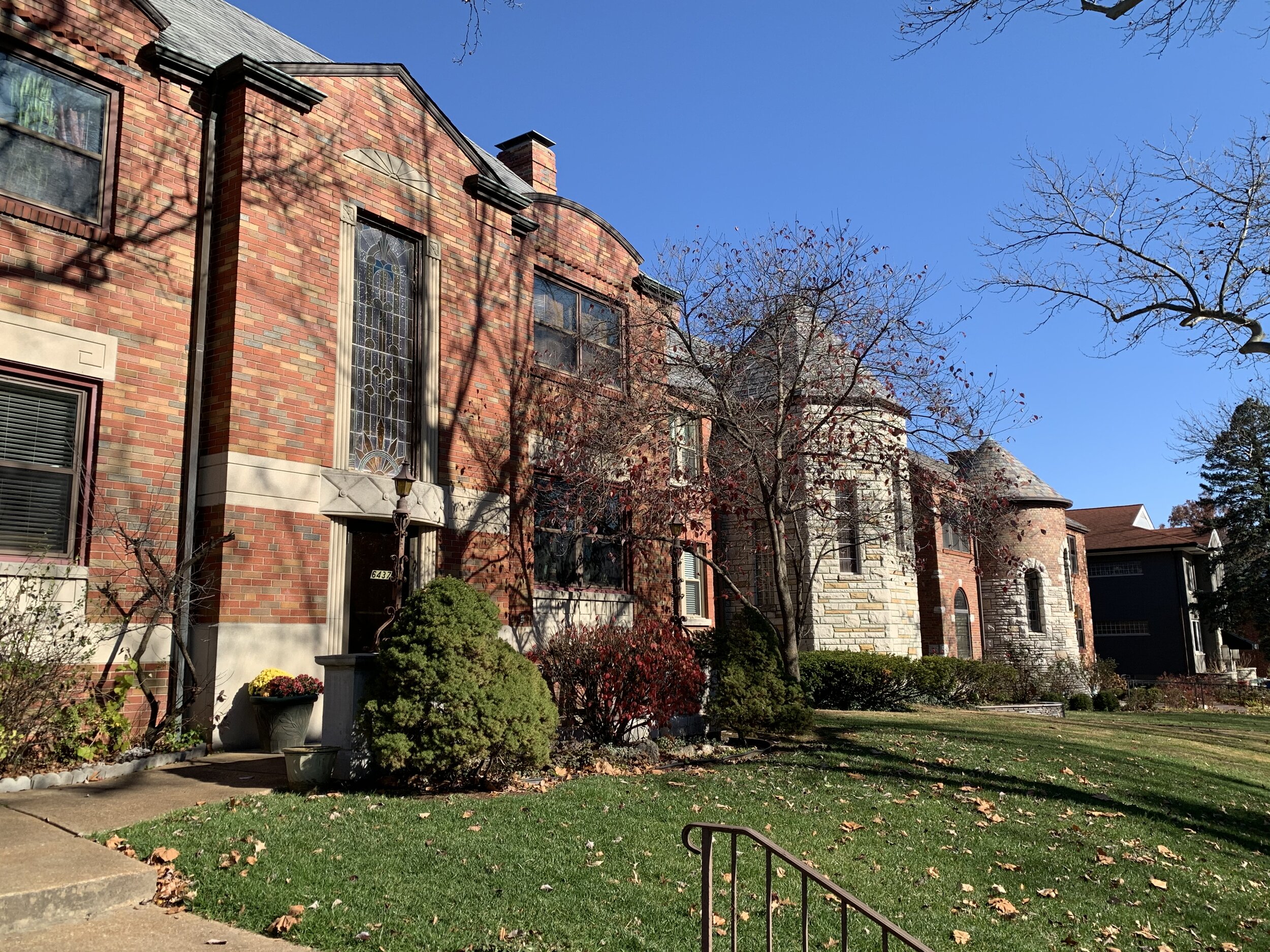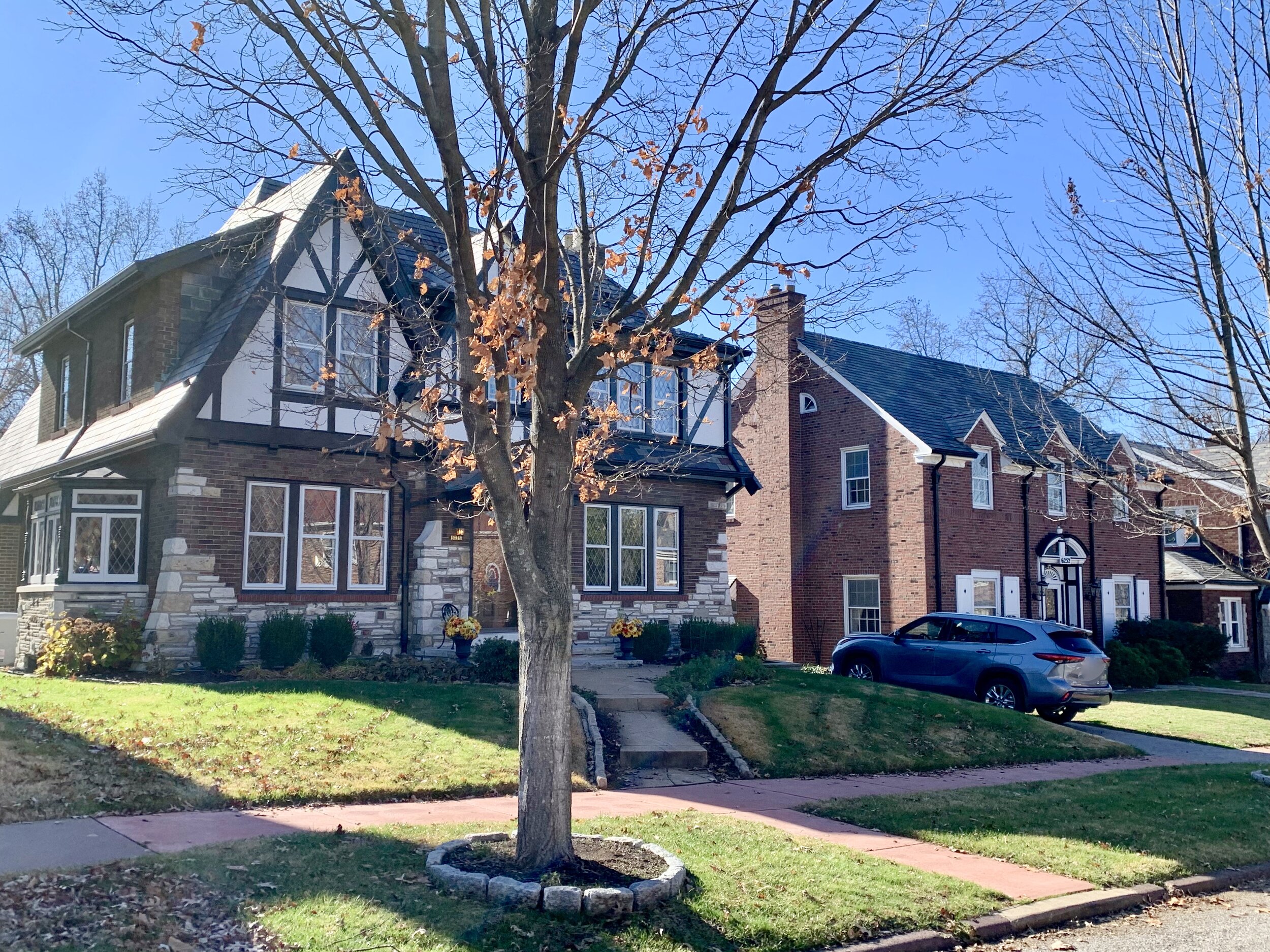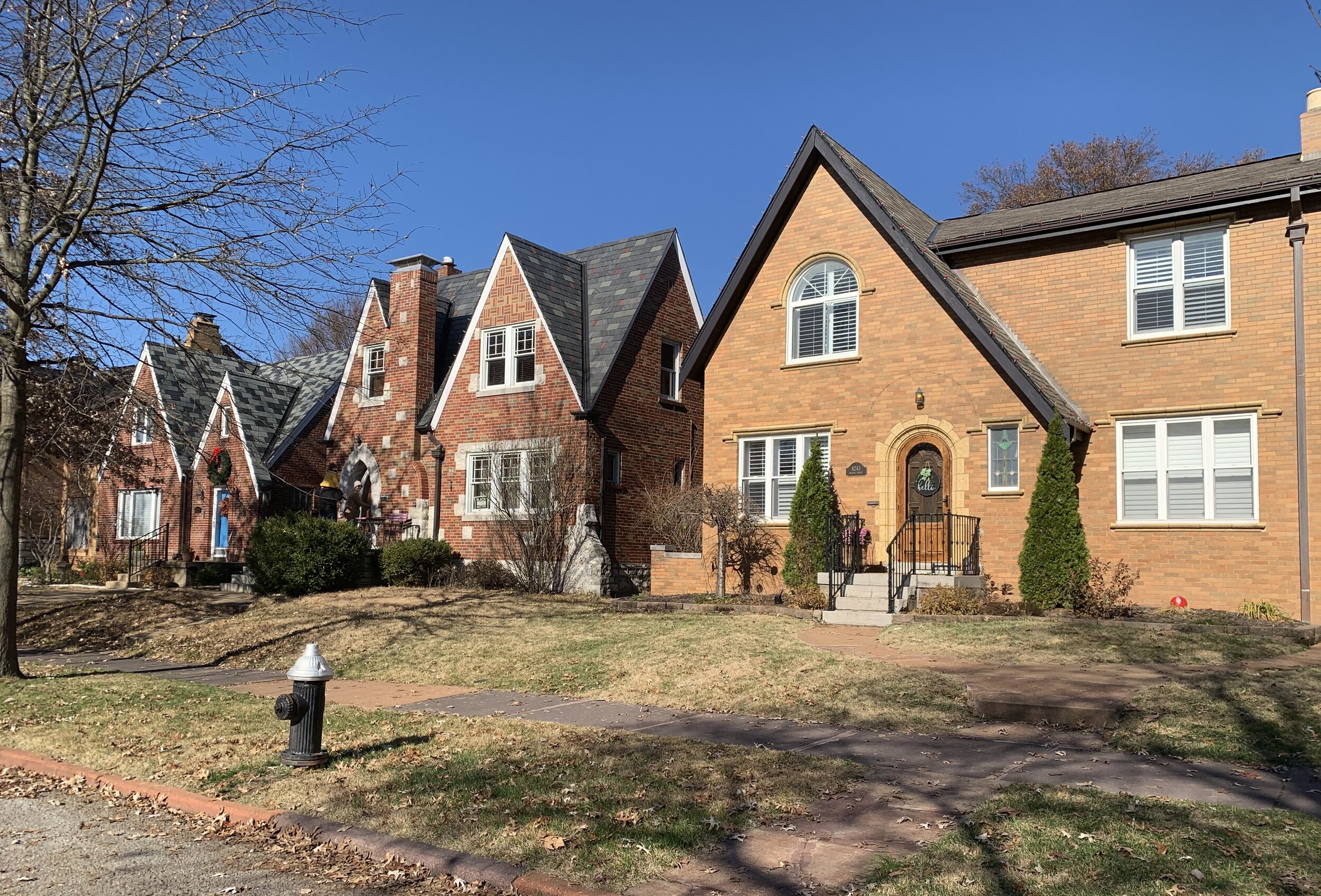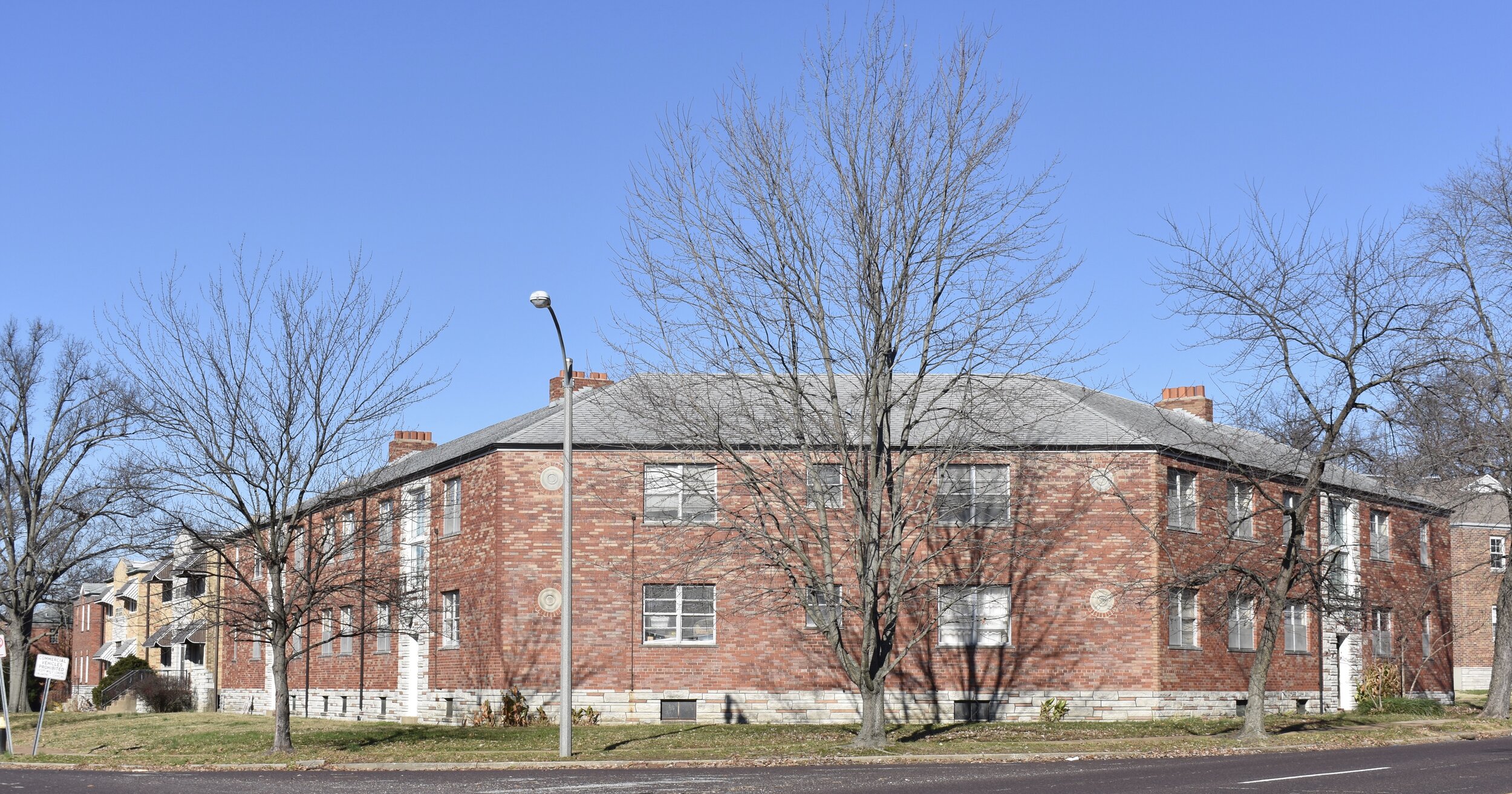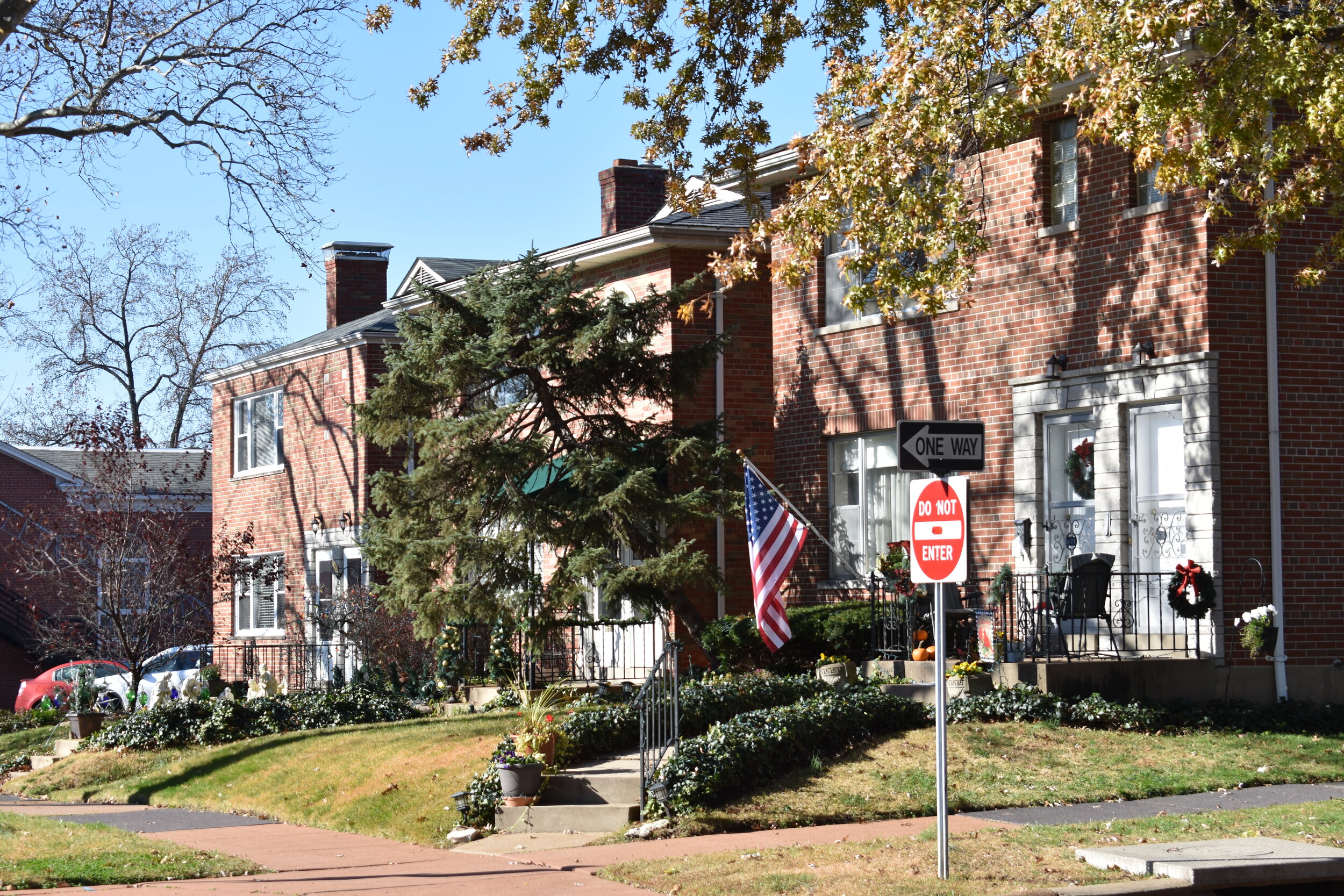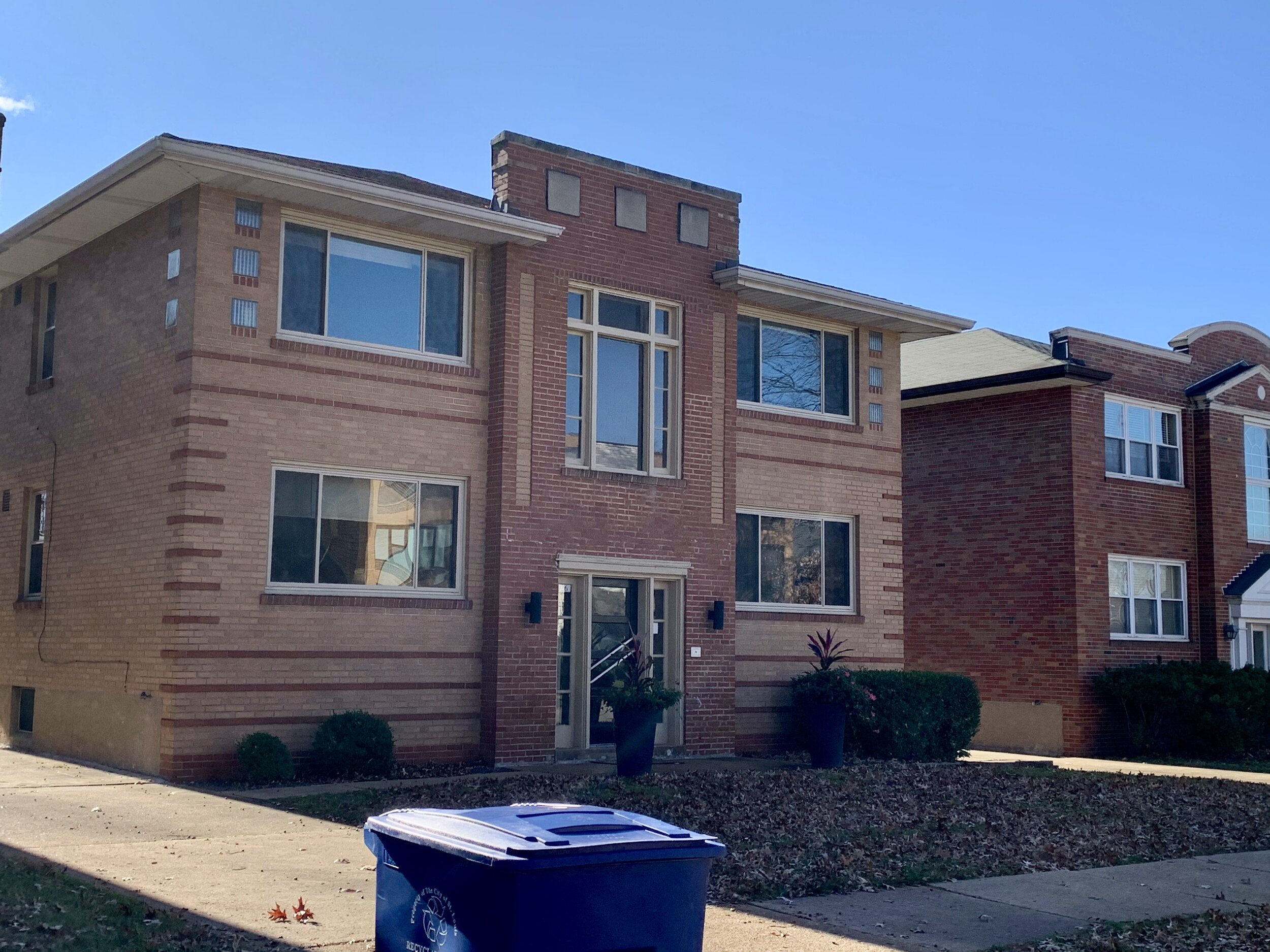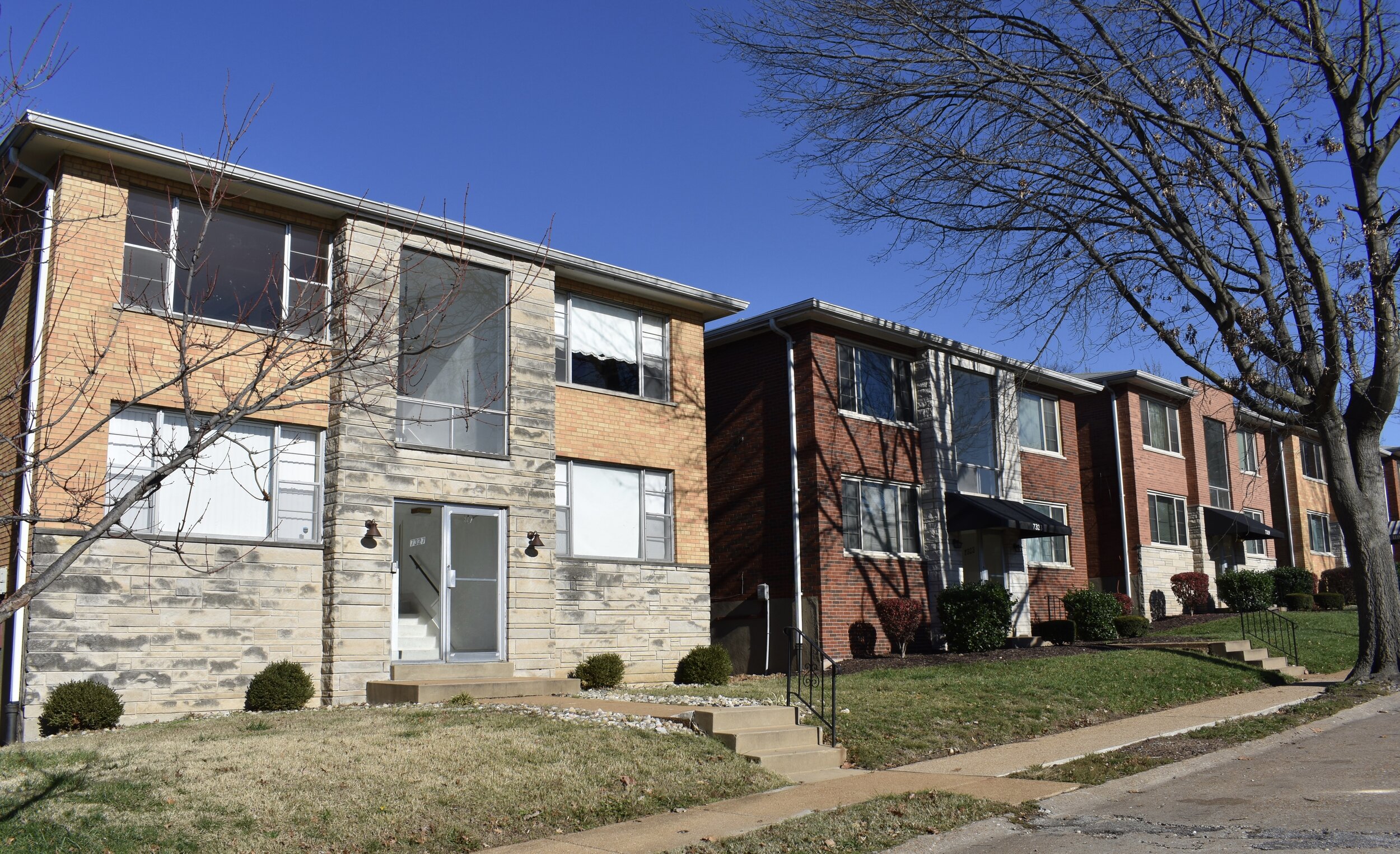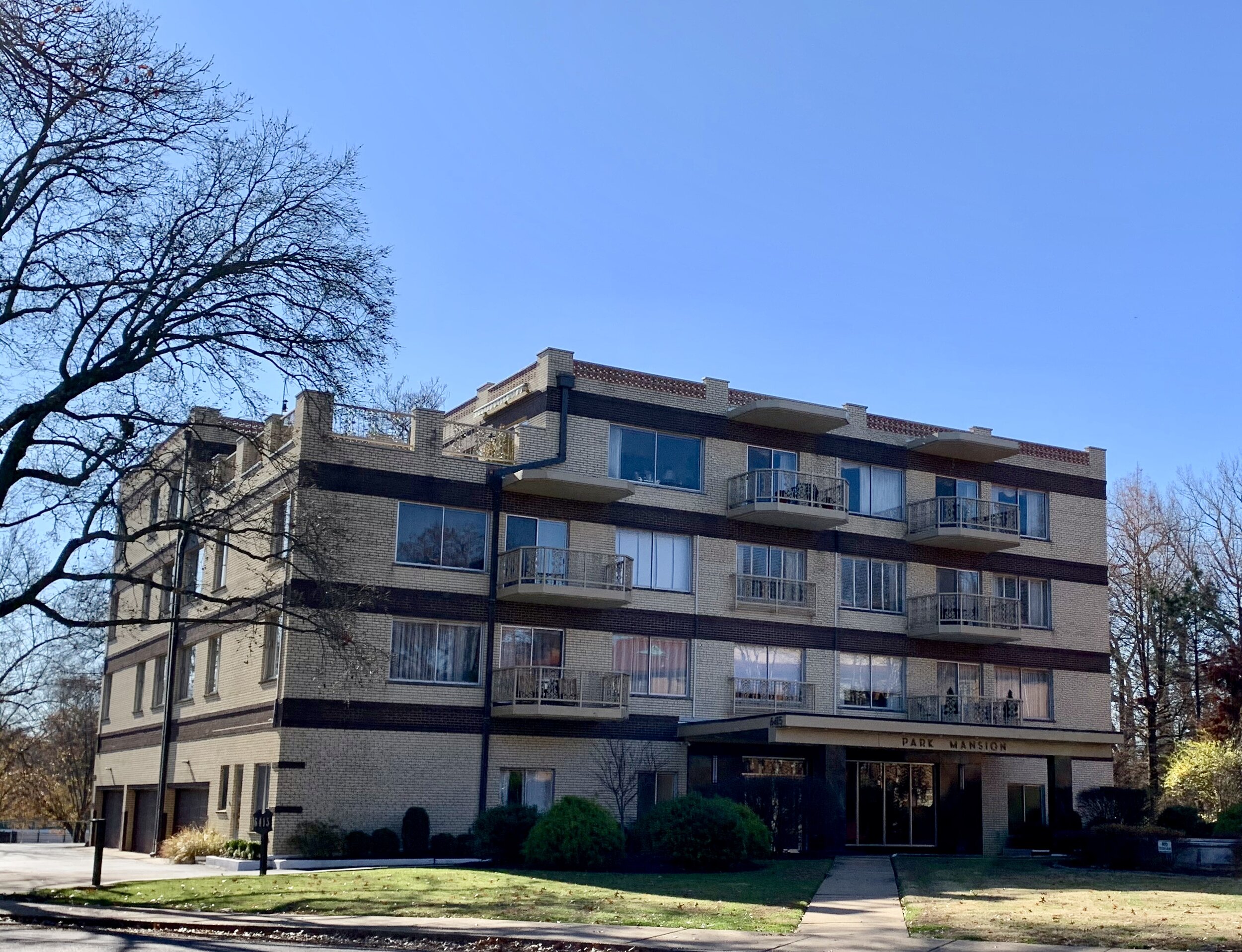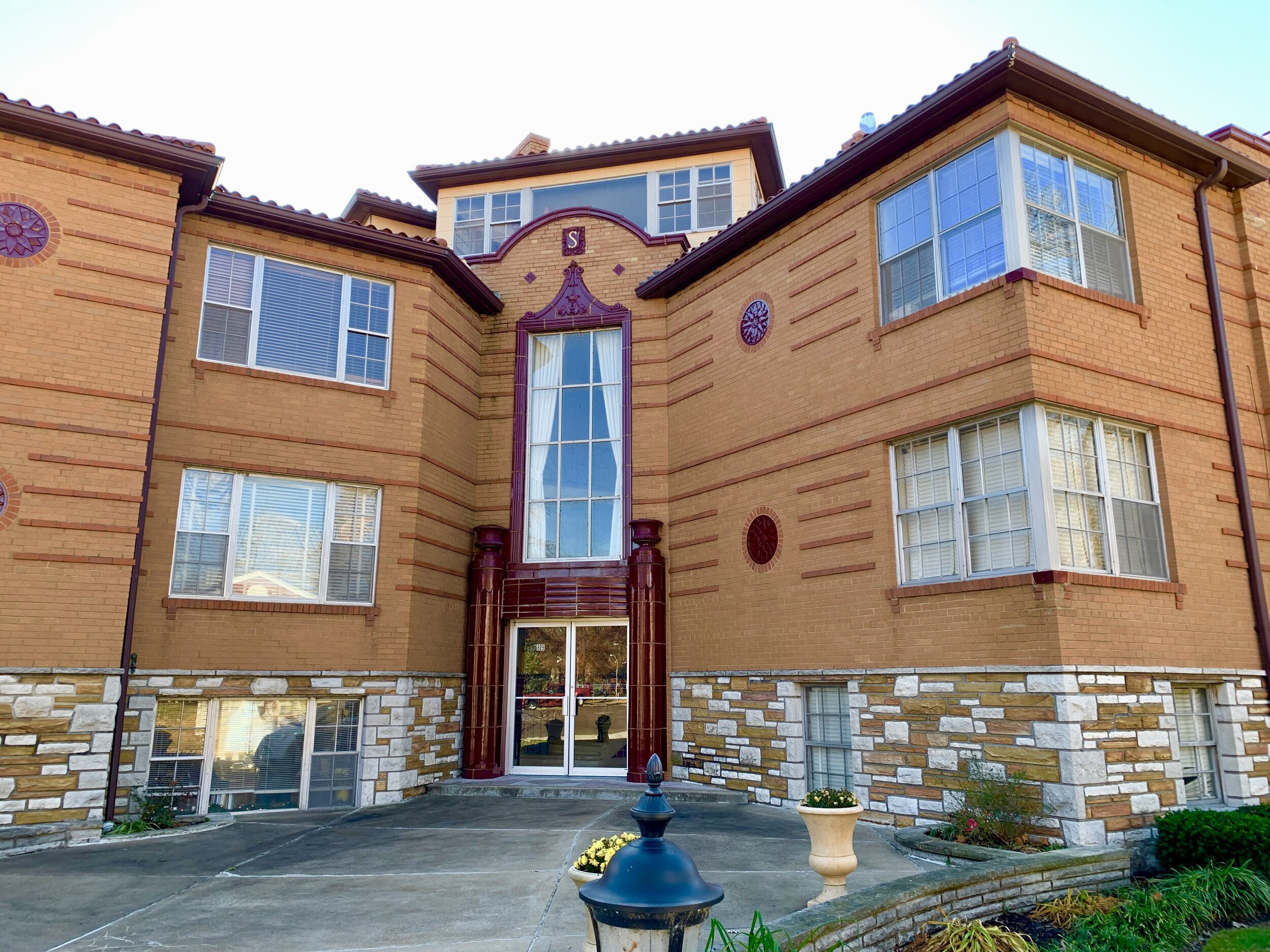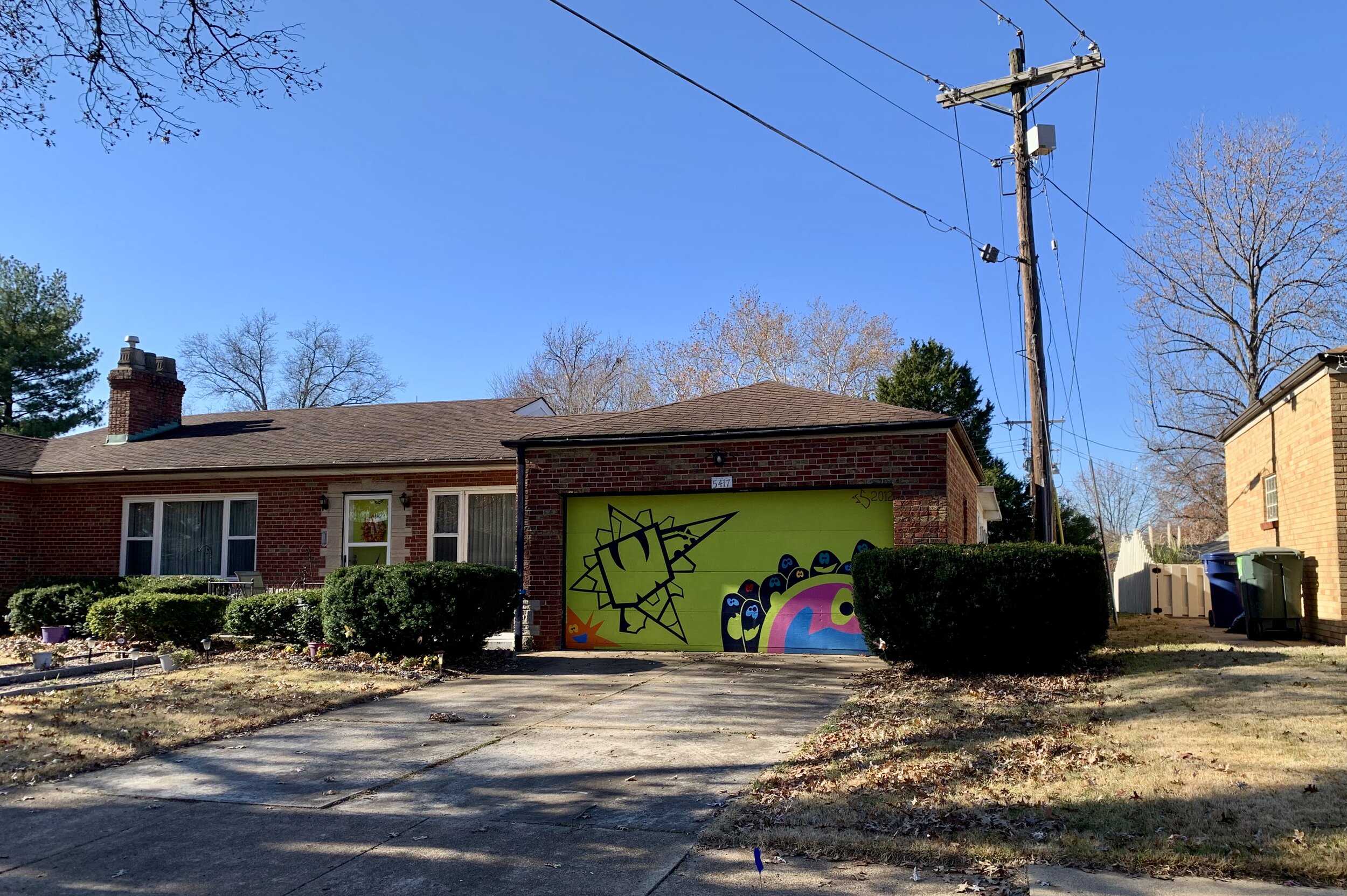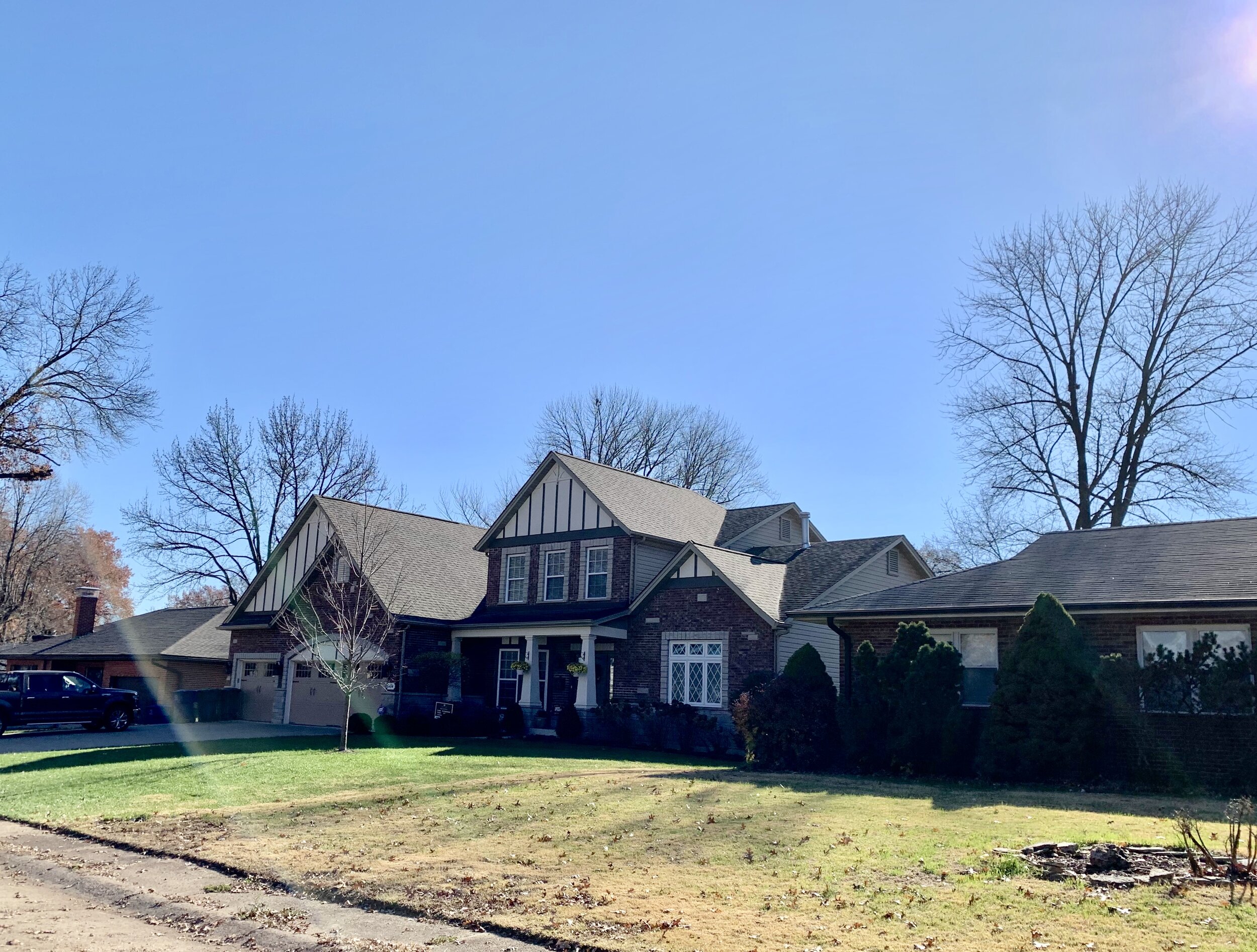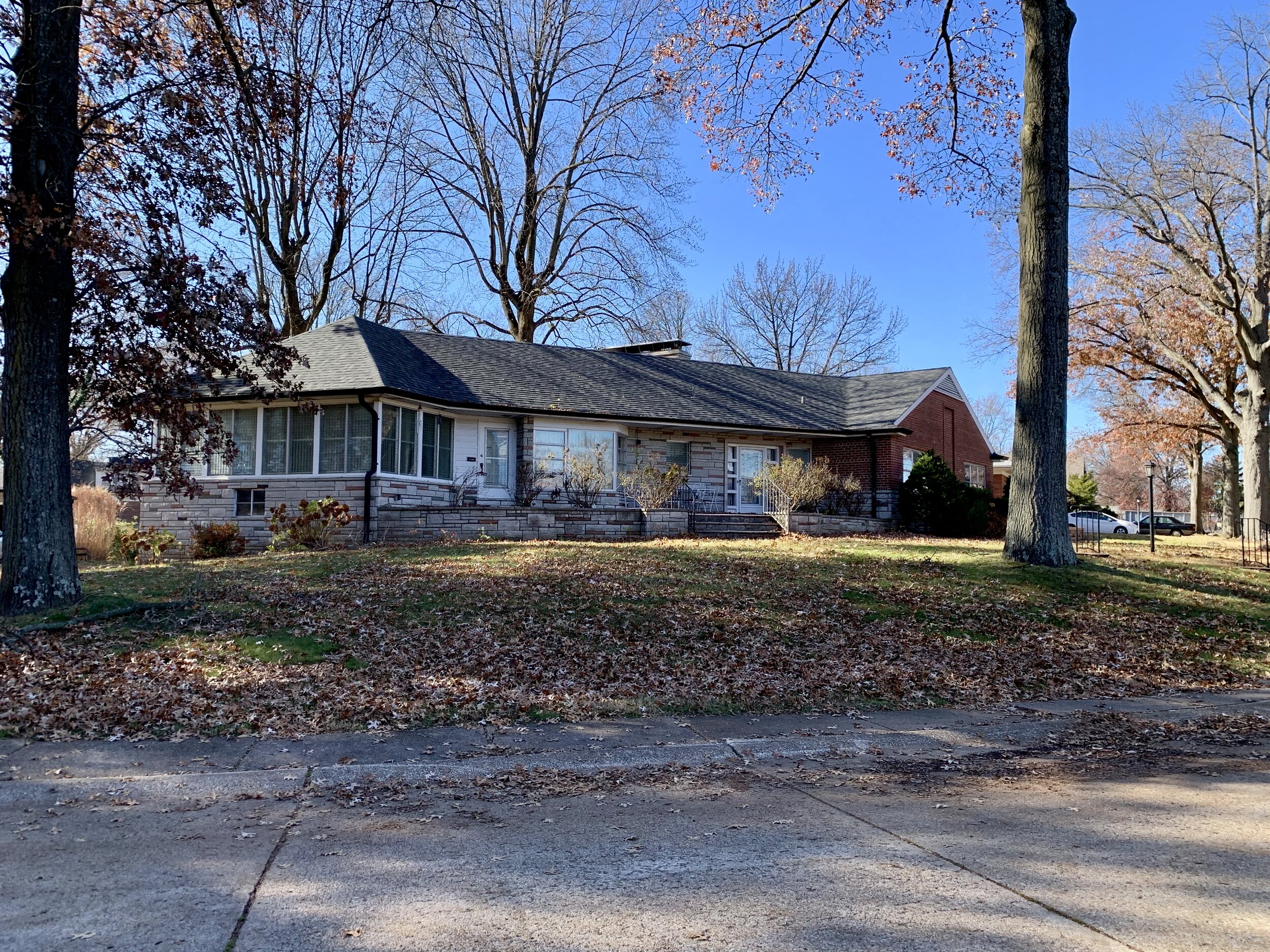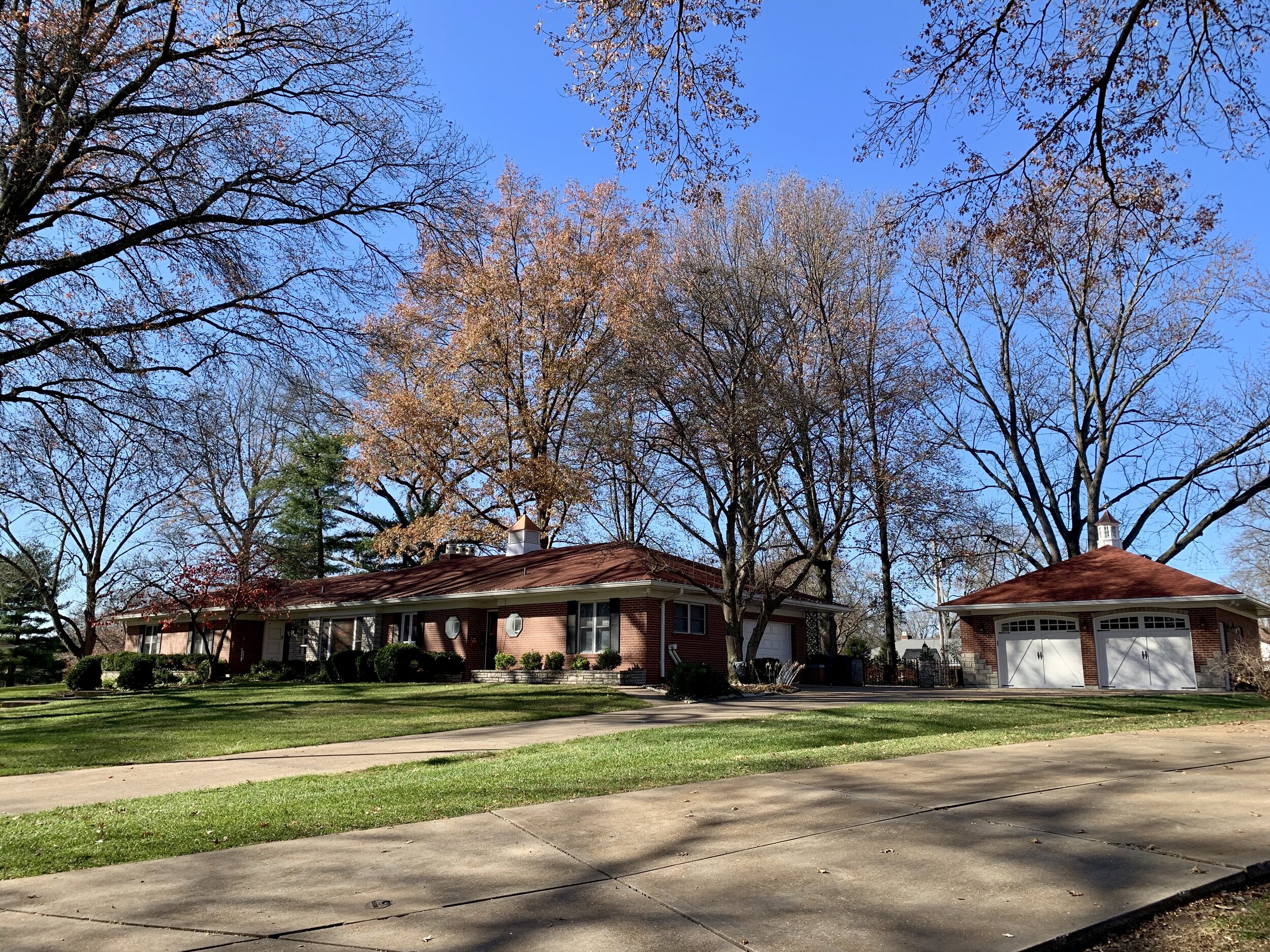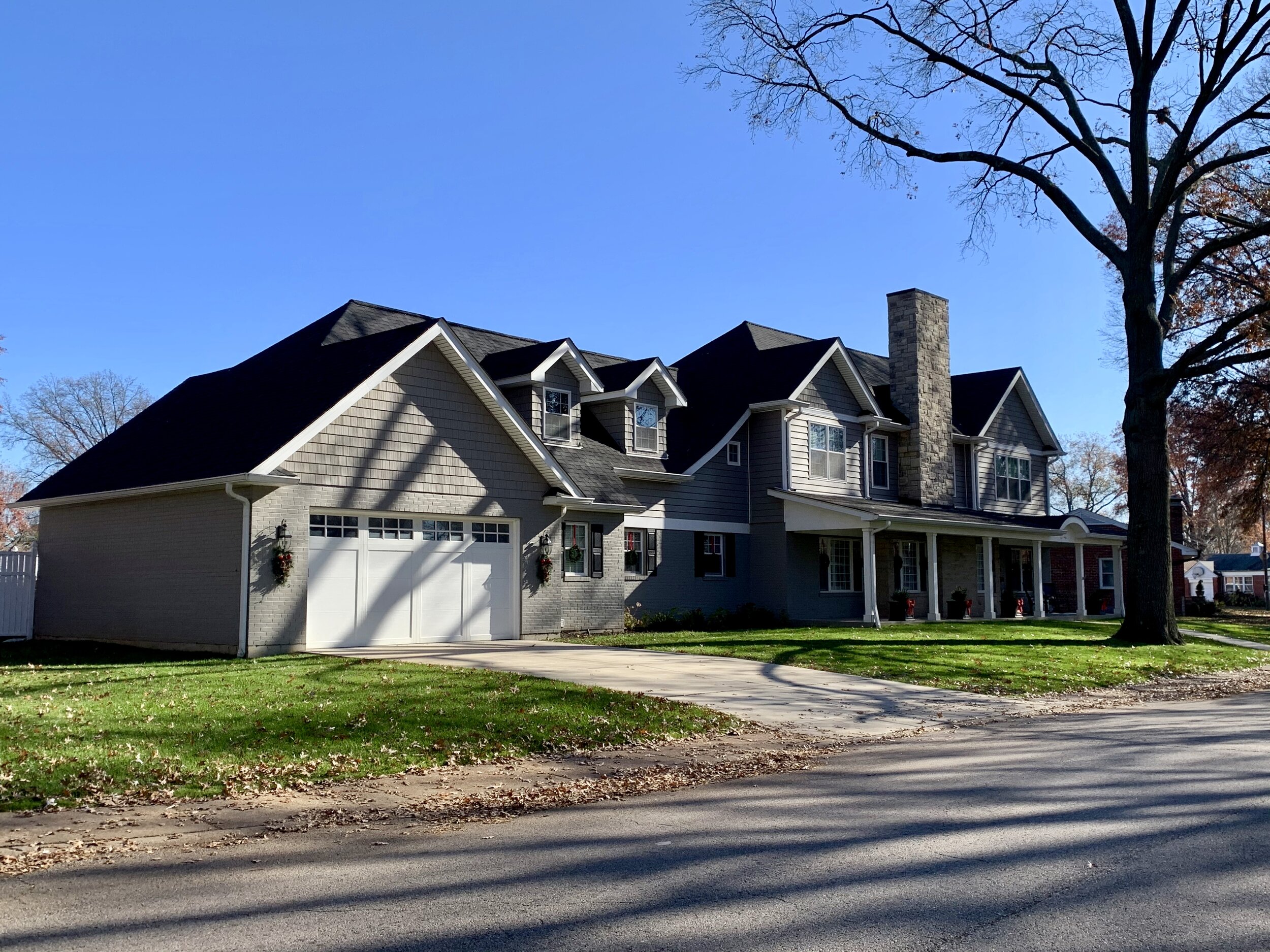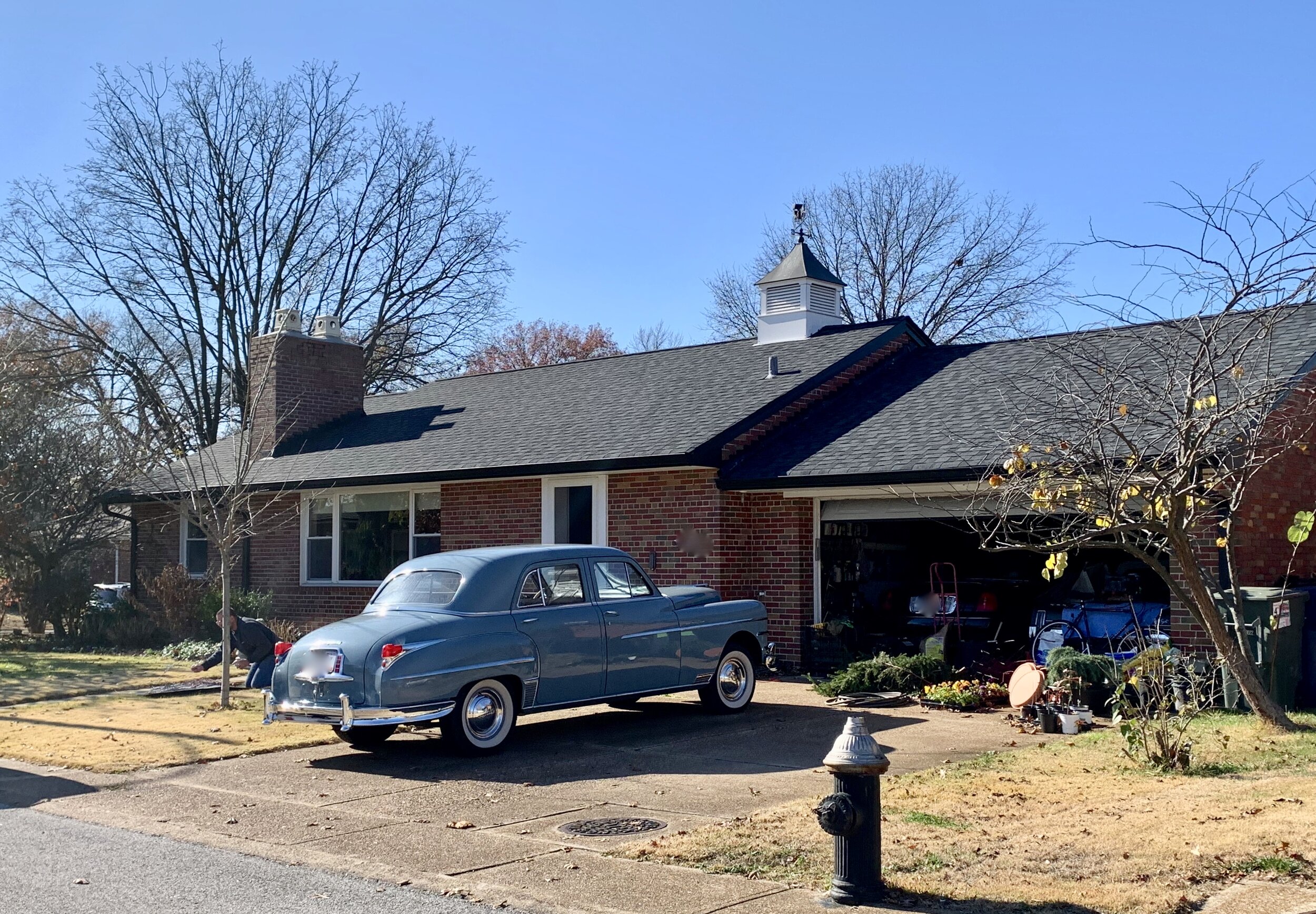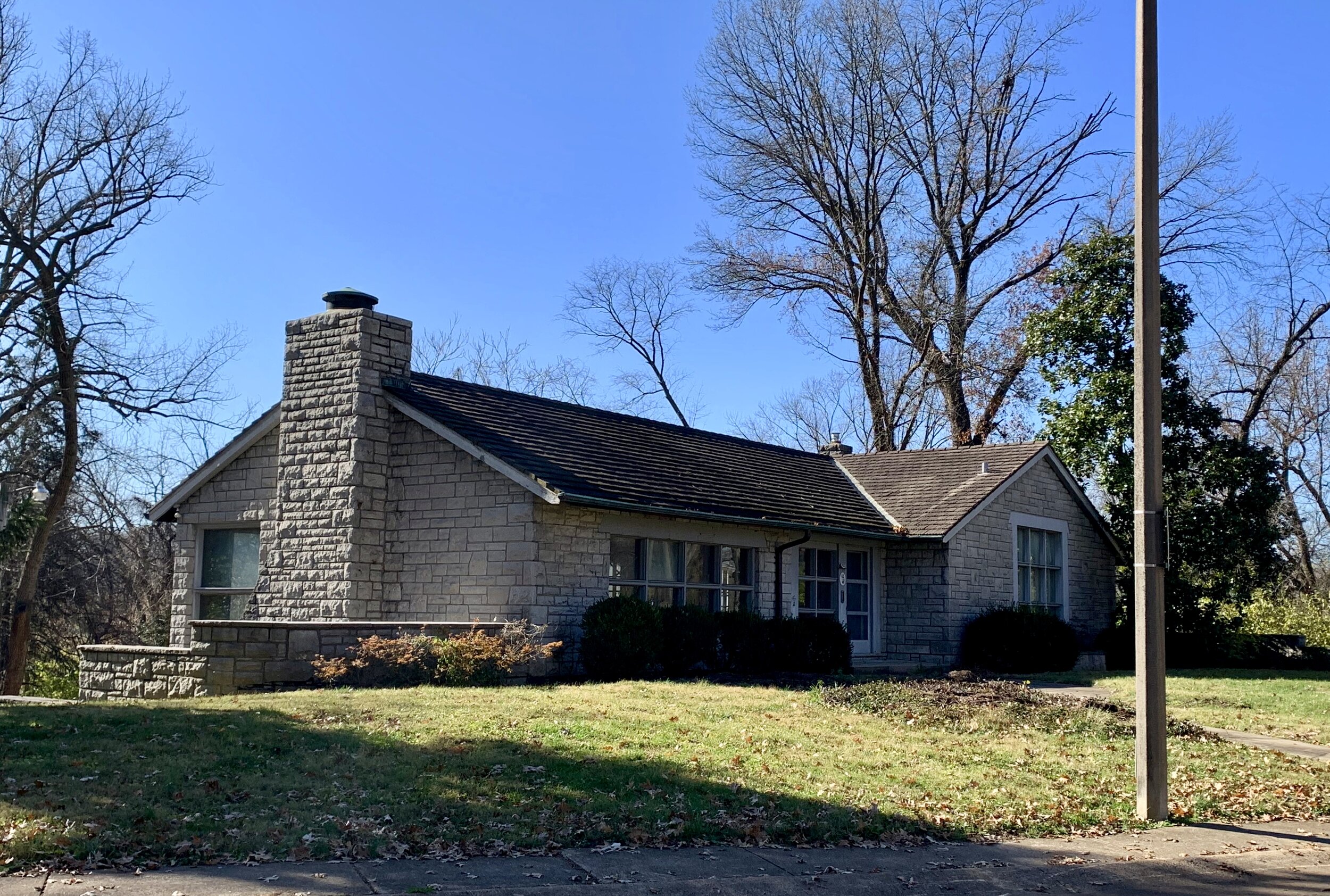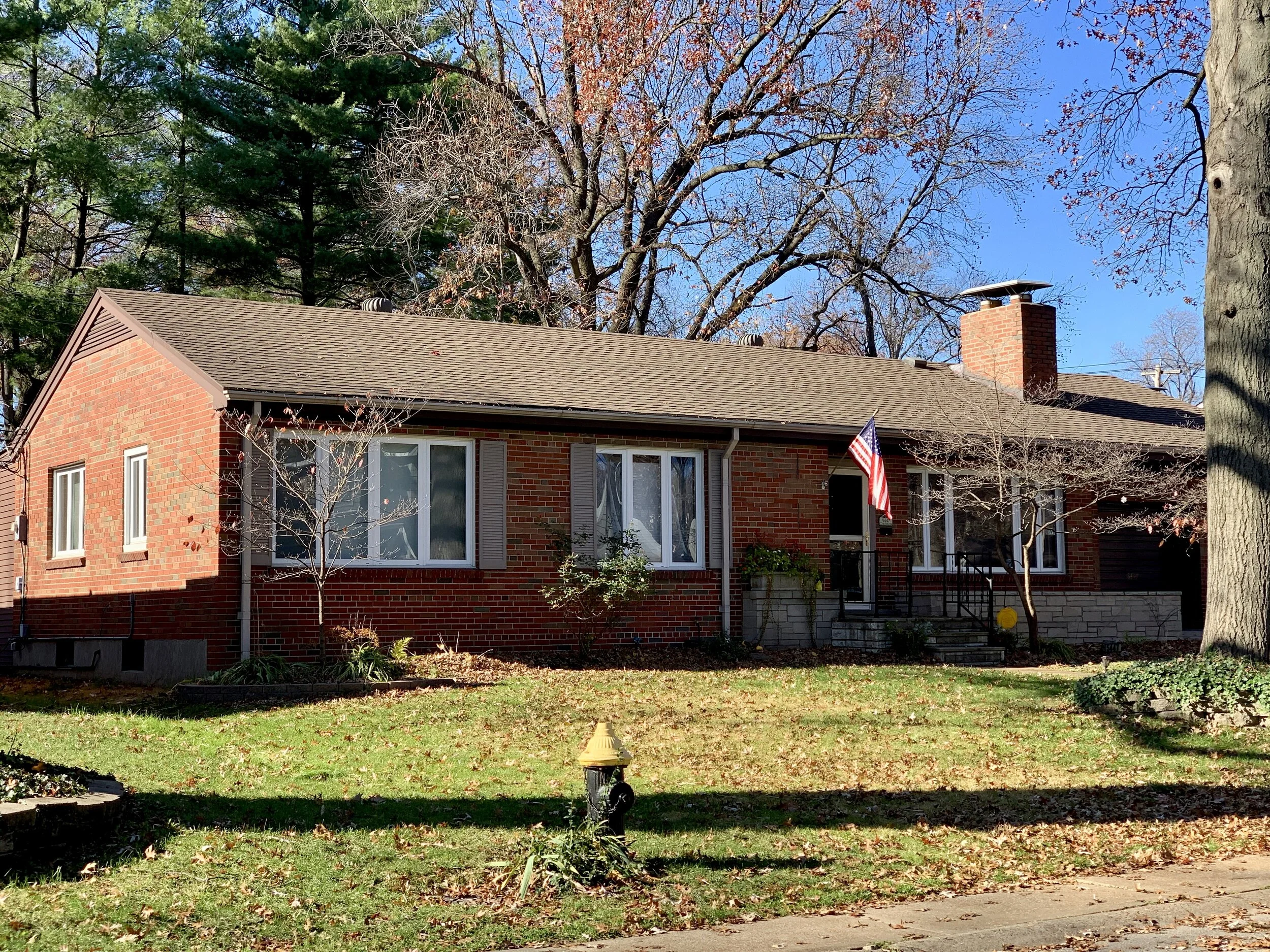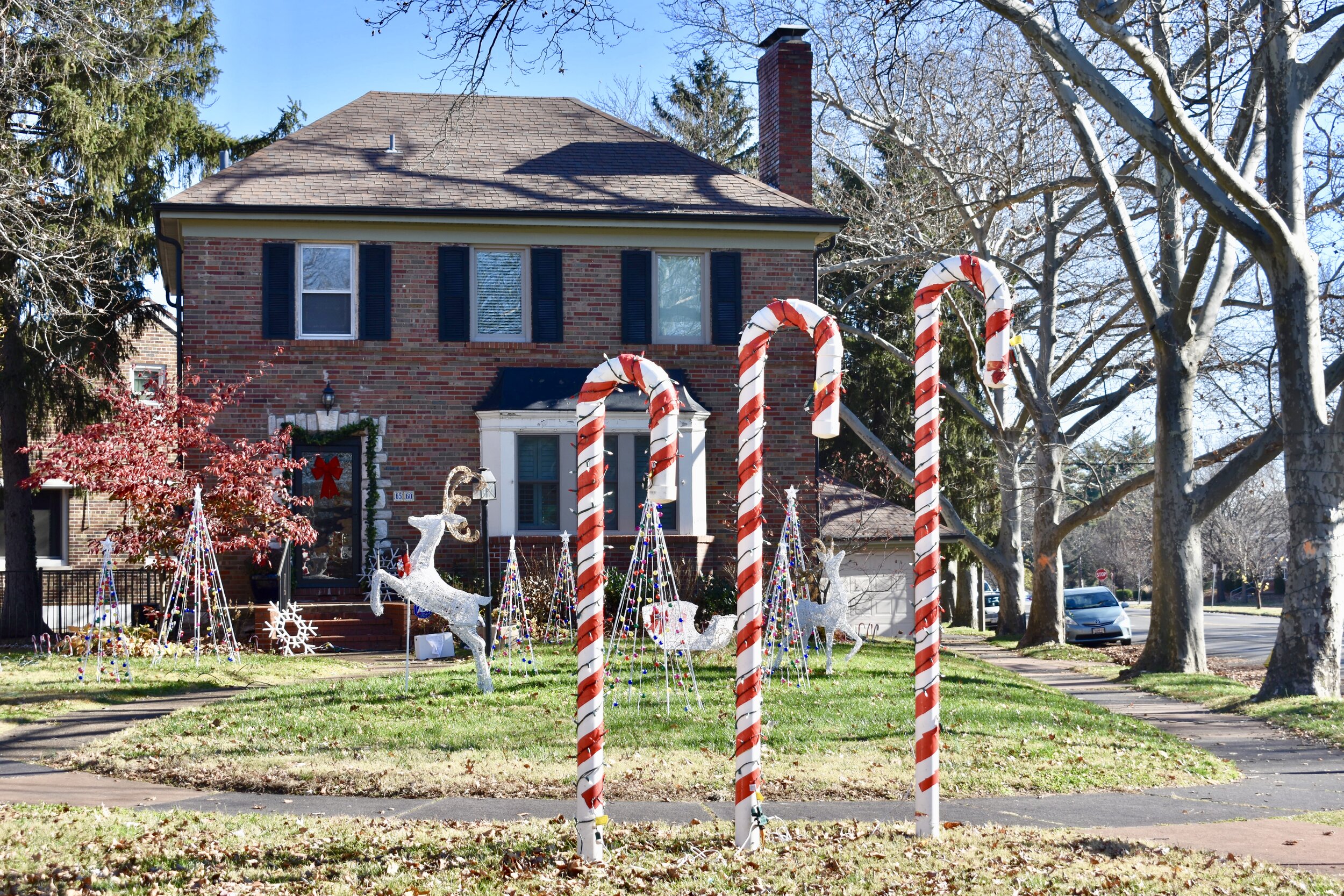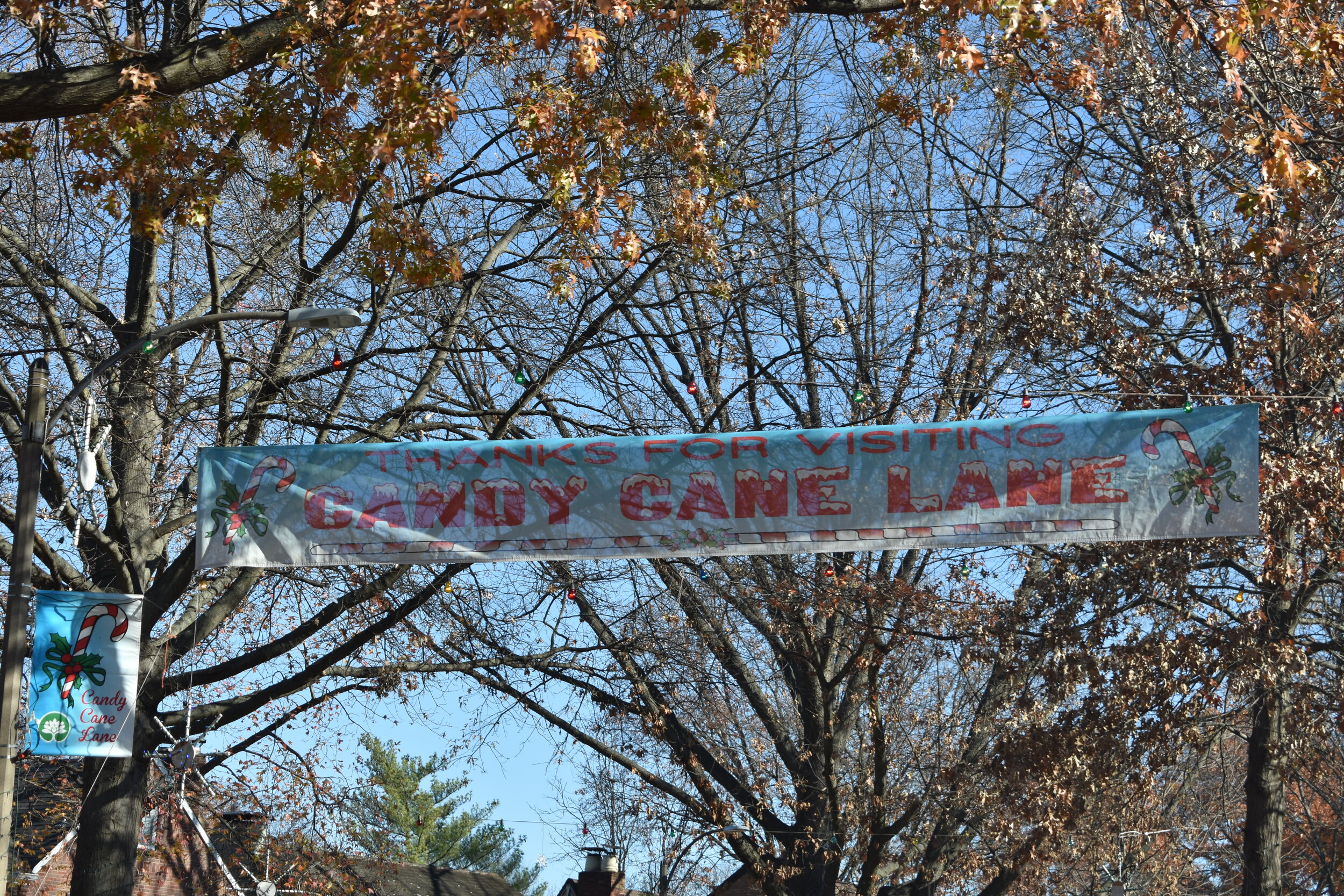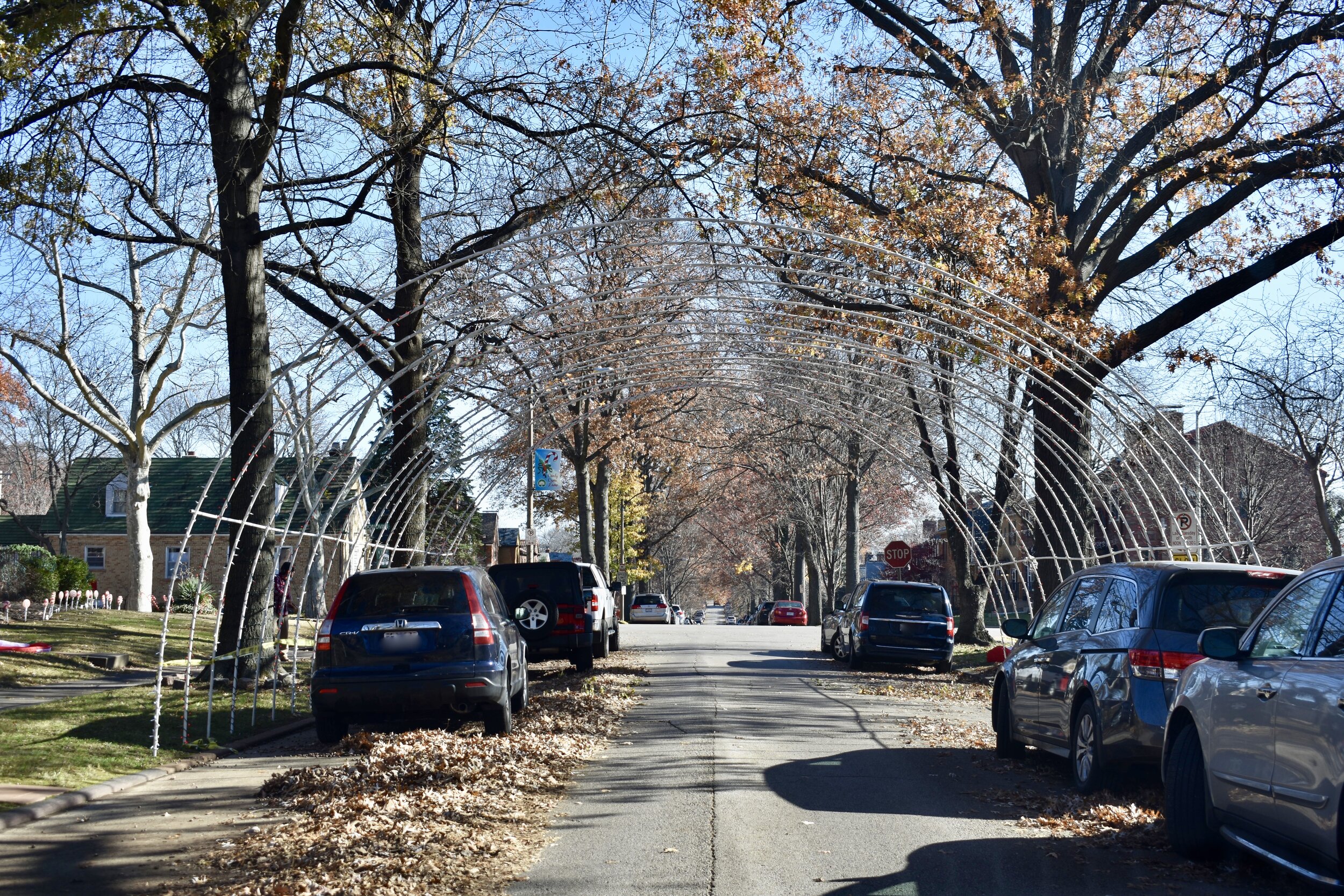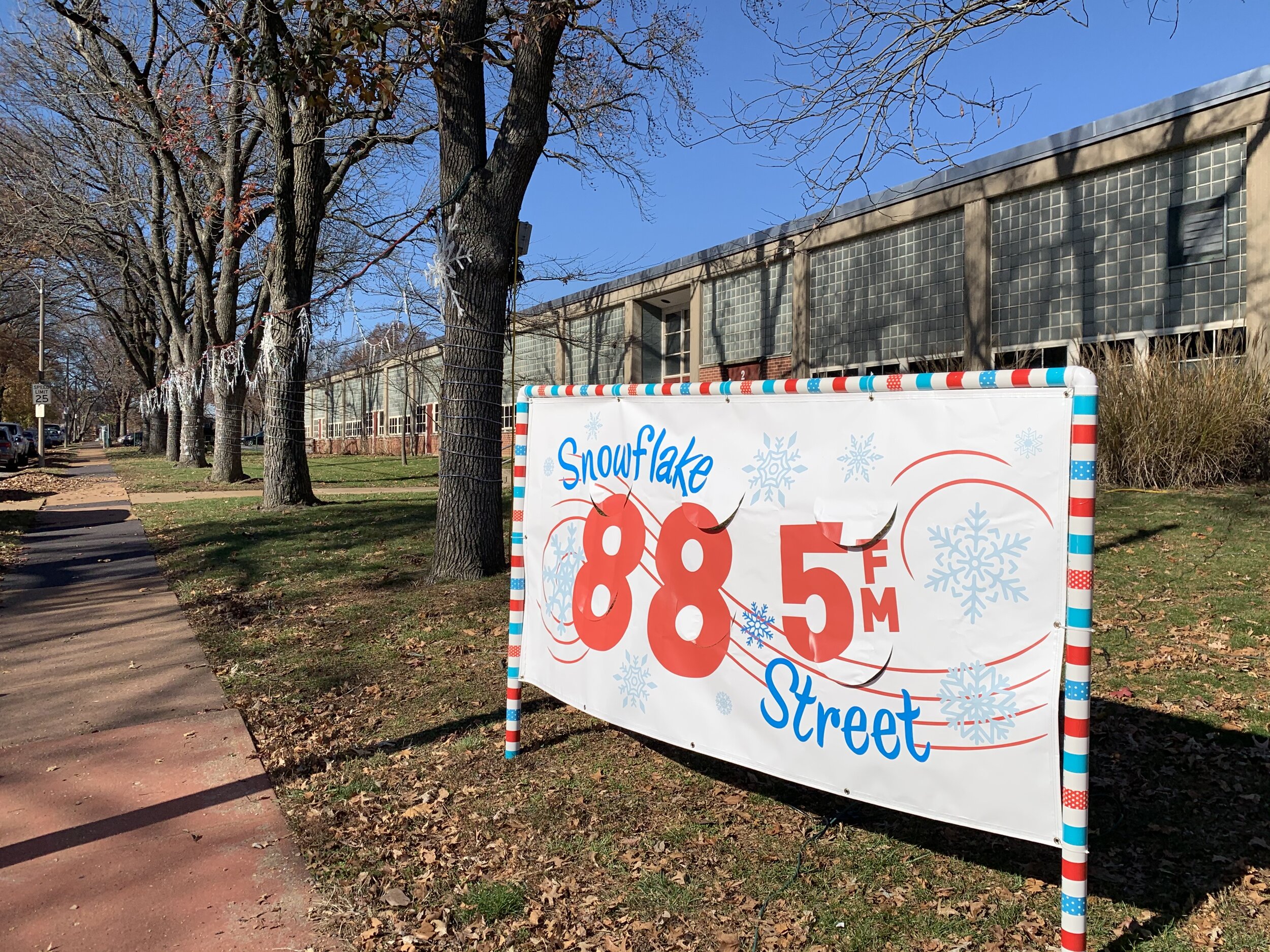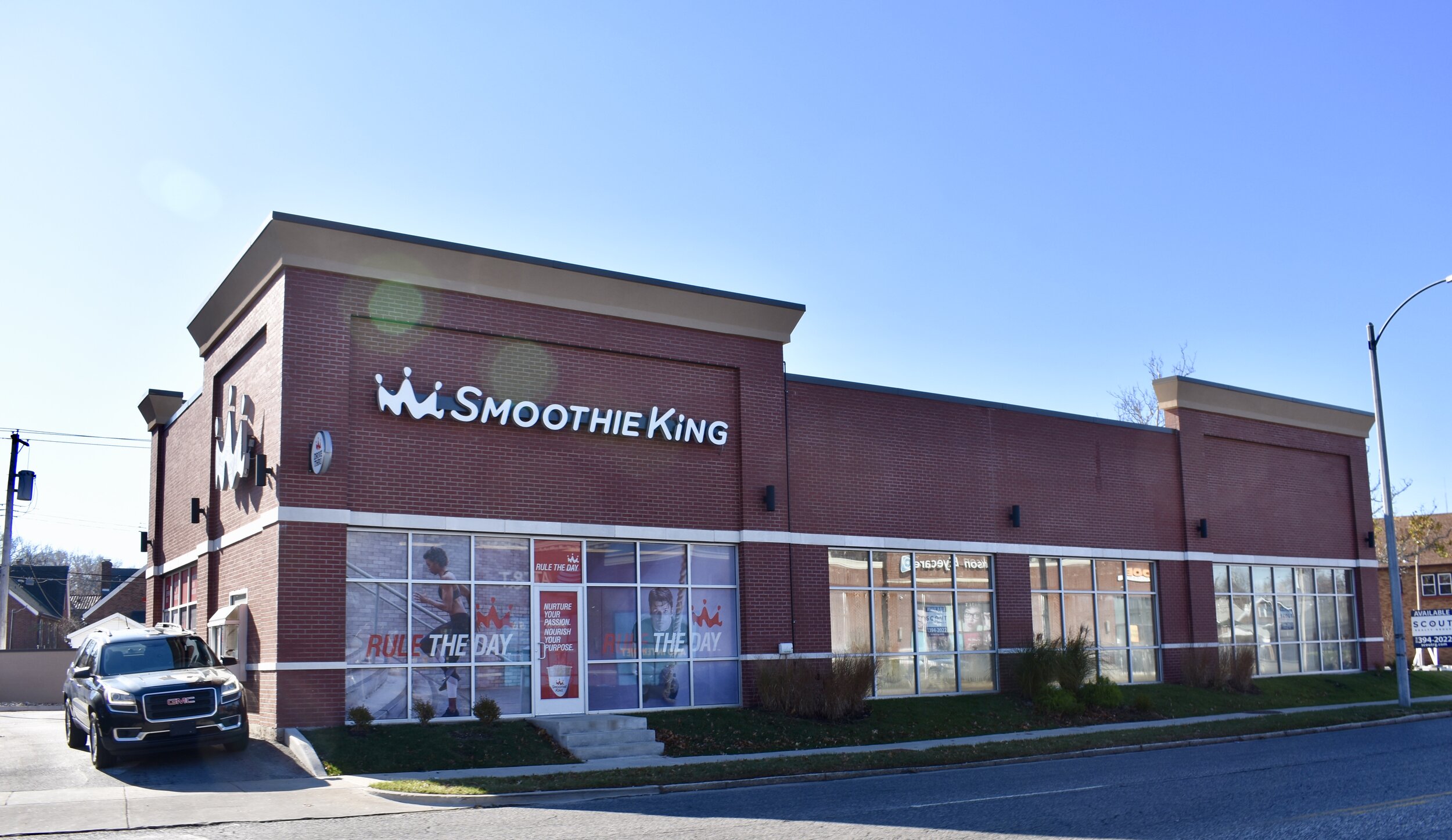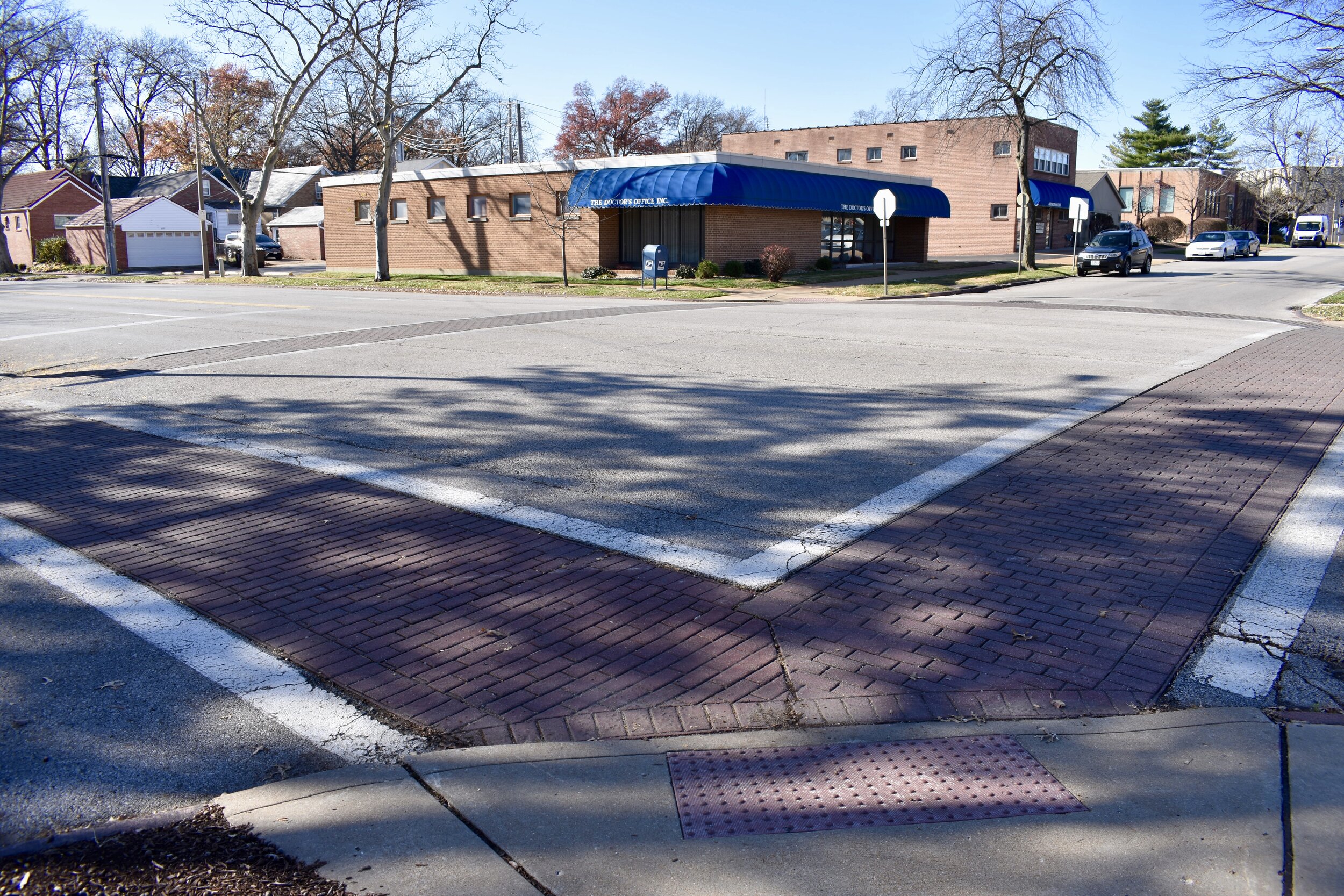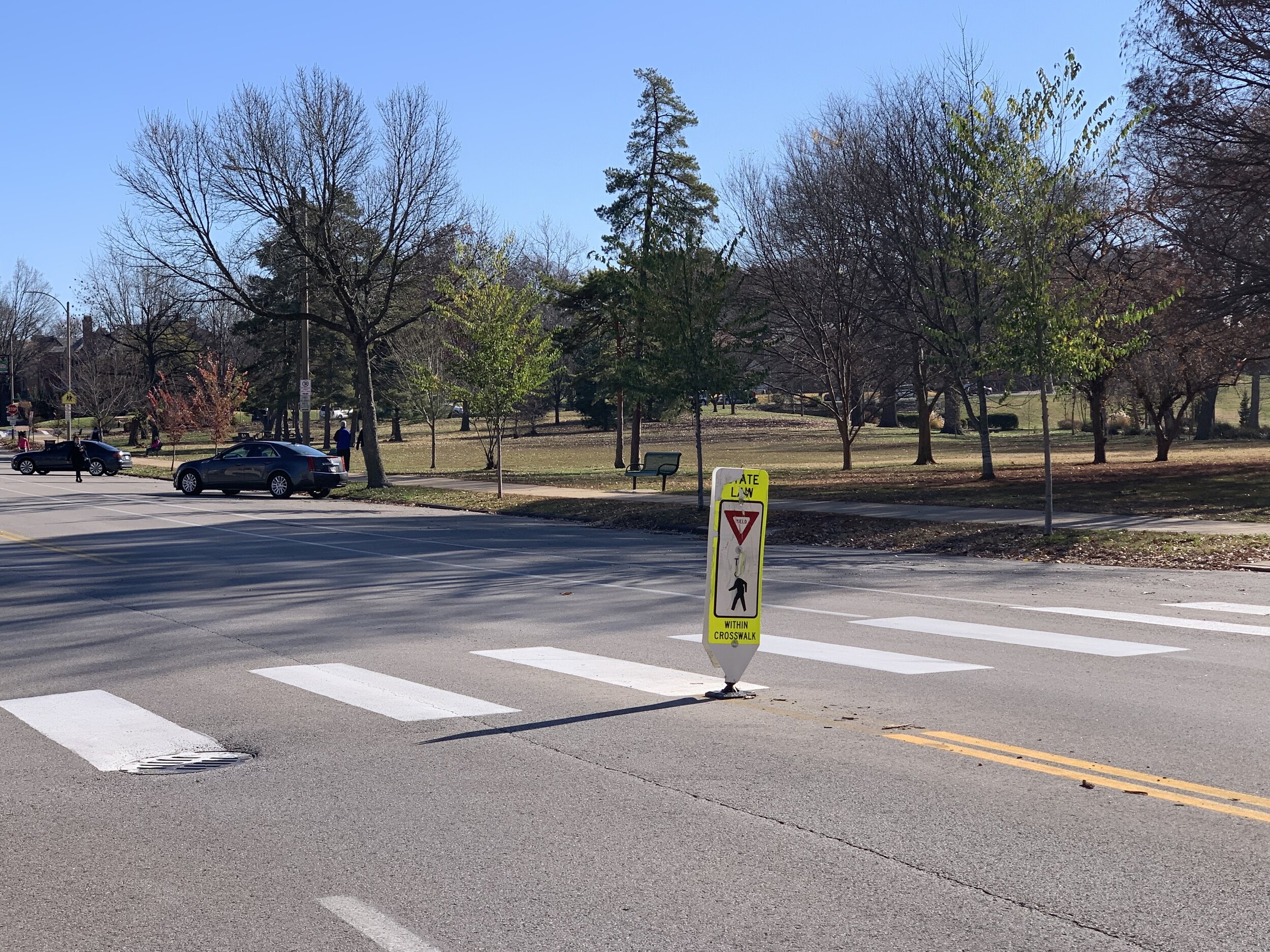St. Louis Hills is a south St. Louis neighborhood bound by Chippewa on the north/northwest, Hampton on the east, Gravois on the southeast and the city limits to the southwest:
As of 2000, St. Louis Hills was home to 7,506 people, a 1% increase from 1990. It's 97% white, 1% black, 2% Hispanic/Latino and 1% Asian (I'm rounding up). Of the 4,077 housing units, 97% were occupied with a nice mix of 57% owner occupied, 43% rental.
97% occupied, amazing! This is truly a popular place to live, congrats to St. Louis Hills. This neighborhood rightfully deserves credit for keeping this part of the city desirable for ~80 years.
The 2010 Census data saw a ~2% drop in population to 7,373 total residents. A 4.3% drop in whites (6,962), a nearly 3 fold increase in blacks (178), a 68% in Asians (92) and 22% increase in Hispanic/Latino (160).

There is a lot to love in this proud neighborhood. Firstly, there are two parks. Francis Park serves as the heart of the neighborhood. It is a very popular park with no vehicle traffic, so it's very serene and quiet. There always seem to be people walking/jogging the perimeter trail. It's always in high use. Then you have Willmore Park, the large park just north of the River Des Peres that serves as the southwestern border for St. Louis Hills. This park is great too, and much larger. It does allow vehicular access, so it has a completely different feel than Francis Park. I won’t discuss the parks as I updated full stories on the parks in the links above. I will say Willmore has exploded with activity since my last visit. Tennis, fishing, roller hockey, frisbee golf, wildly popular dog park and ADA accessible playground all make this park a hit and well cared for.
Secondly, the streets and alleys are spic and span clean. As clean as Holly Hills and Lafayette Square, Southampton and North Pointe. People take pride in their surroundings here and they are acting as good stewards of the amazing homes, businesses and public spaces within their neighborhood. Street after street are tidy and neat. I would guess that if a Little Tykes slide was left in a front yard for longer than 48 hours, a black Cadillac Escalade would appear and whisk it away where it would be found in the River Des Peres days later. I’m playing, but you get my point, order is in full swing in these parts.
Thirdly, there are huge old growth oaks framing the homes and several of the streets with shade and cover. This is a very walkable neighborhood with lots of shopping nearby, both chain and indie.
It's a peaceful place. Little kids, bikes, strollers, dogs and pedestrian activity all over. There is a pervasive sense of stability and community, at least that’s what I observe in these parts.
Here are some interesting tidbits from the neighborhood website:
“Country living in the City” was the phrase used to market St. Louis Hills in the 1930’s, since St. Louis Hills was so far west of any other residential or commercial buildings located within the City limits.
Some 80 years later, the rich history and tradition of St. Louis Hills lives on, and the St. Louis Hills Neighborhood Association is formally trying to improve its historical focus on what is considered by many to be the most desirable neighborhood in the City of St. Louis.
The history of St. Louis Hills, developed from 1930-1950's, is relatively short by the city's beginnings in 1763. The land which became St. Louis Hills dates back to deeds granted to pioneer French colonists Madame Ann Camp and Anton Reihle in 1768 by one founder of the Village of St. Louis, Pierre Laclede. At the time, the land included 2,471 acres. Camp and Reihl's heirs sold the land to George C. Clarke, who gave it to two sons. When the Village was chartered as the City of St. Louis in 1836, St. Louis Hills was still remote, open and forested land, and essentially remained so until the early 1930's. In 1876, when the county and city of St. Louis divided responsibilities, the western boundary of St. Louis City was set just west of the River des Peres (River of the Fathers). Even then, what is now St. Louis Hills, was still open land.
David Rowland Francis, Governor of the state from 1889-1893, became owner of part of the property in 1884 on which he established his vast farm. At the turn of the century, David R. Francis was President of the Louisiana Purchase Exposition from 1889 until its opening in 1904. Francis originally considered use of his farmland as a site for the World's Fair, but logistics of transportation and construction to Francis' land persuaded use of Forest Park as the now famous 1904 World's Fair site. Francis was appointed U.S. Ambassador to Russia in 1916. The next year, Francis made a gift of the land to the city, and so it was named Francis Park. David Rowland Francis died January 15, 1927.
Cyrus Crane Willmore, for whom the neighborhood's second park is named, became the visionary developer of the St. Louis Hills 700 acre neighborhood. He came to St. Louis in 1912 after graduation from the University of Illinois law school, and worked for a realty firm until 1922 when he formed his own company. Willmore's intentions for the area were clear from the beginning: tree lined residential streets for families and single persons, churches and schools throughout, bordered on three sides by developing businesses, and open green spaces in parks. (See Architecture and Parks for more information.)
St. Louis Hills is a tale of two neighborhoods. South of Francis park you have St. Louis Hills Estates which is largely comprised of mid-century ranches. The vibe is exactly like the inner ring suburbs west, south and north of St. Louis with winding streets, cul-de-sacs, driveways, attached garages, large setbacks and yards. This part of the neighborhood makes St. Louis Hills the “newest” and most unique in the entire city. The rest of the neighborhood was built to be mixed use in the 1920s - 1940s, but there are some great 1950s and 1960s buildings as well. The neighborhood was planned out to incorporate the parks, providing a mix of small business rentals, multi-families and single family homes flanked with churches and schools. Originally there was to be industrial uses as well, but that didn’t pan out due to the Great Depression. Therefore St. Louis Hills is largely residential. The business is concentrated along Hampton and Chippewa/Watson, but there is some intra-neighborhood retail as well.
I am going to update many of the photos in this post, deleting some of the ones from ten years ago. I remember the day we photographed this neighborhood like it was yesterday. We were battling the sun, I got crabby and Shannon took all the photos. She had to doctor them due to the lighting…it wasn’t good.
Well today, was no different, and the gorgeous mature trees make it tough to photograph from the street. This neighborhood has to be walked/biked to truly “get it”.
So I kept some of the original photos, mostly signs and businesses that are gone or have changed hands. But most of what you see here was from November, 2020.





The non-profit organization buildings, schools and churches are straight up beauties. The Mid Century Modern stuff is unique in that it fits in with the urban neighborhood, both in scale and maintaining the rectilinear grid.
The 1961 Masonic Temple, 1952 Nottingham School and MCM churches are amazing. The other styles of churches are handsome as well and clearly monuments of their time.
My favorite church is the 1939 St. Mark’s Episcopal Church. What a modernist beauty. The woman I spoke to said the lion sculpture is a symbol of Saint Mark the Evangelist.
There is a charming pet memorial garden at St. Gabe’s.
The following photos are from the older section of the neighborhood with the gingerbreads and deco homes. The streets are tree-lined and cozy with great density and well-massed yards and setbacks.
The multifamily and apartments are crazy perfect. Some of the best deco in all of St. Louis.
The rewards of St. Louis Hills come from walking the streets. You could easily drive past and say, yep typical South City. But there is so much artistic nuance with many of the homes.
This one is an eight sided house with no two sides the same length:

Check out the desert landscape stained glass on this beauty:
The smart mix of single family and multi-family mixed with apartment buildings was the last of the pre-auto-centric days that characterize the suburbs around St. Louis. The craftsmanship is no less stunning on these rentals and multi-fams.
But the suburban mindset is clearly on display in St. Louis Hills Estates which was all the rage in the mid-20th Century. This is the largest concentration of that style in all of St. Louis.
Remember, baseball great and all-time greatest Cardinal hitter Stan Musial used to live here before he moved to the burbs.
The timing of our visit in late November, 2020 was perfect as we experienced the Christmas spirit of the neighborhood. I mentioned the clear sense of community here, Candy Cane Lane (Murdoch) and other side streets go full-on the decorations and lights. It is spectacular and sweet, and they’ve raised thousands of dollars for charities. As I read, this has been a decade long tradition. It’s new to me, man I am still learning.
Of course, I will come back at night when it’s all lit up, but here’s a sample of how the neighbors in St. Louis Hills do it up for Christmas:
Here are some businesses along Hampton and Chippewa (Route 66) from 2010:




There is some new construction on Chippewa that is decently scaled albeit a bit empty in the era of online retail. But, the following is an example of a slight cut above the typical suburban crap.
St. Louis Hills has the only Target in St. Louis and is largely the one and only place to shop for clothes, etc. The Target has an underground parking component, making it the most urban-like large retail outlet in the region.
***In November, 2020 I revisited the neighborhood and the following includes updated commentary and photos.***
Misses On Original Tour
I spoke to the terrible job we did on our 2010 visit, this is an attempt at fixing that. Sorry St. Louis Hillers. I also spoke to the Christmas festivities which I can’t believe I missed when my kids would have loved it.
I greatly glazed over the distinctly unique developments of St. Louis Hills Estates, the sprawling ranches on winding streets, versus the rest of the neighborhood densely built on the rectilinear grid.
Noticeable Changes
I’d say Chippewa has seen the most change. There are many rebuilds and new drive-through chain places. It doesn’t look horrible, but there is room for improvement, and as I pointed out, they are making strides with some new retail buildings having parking in back.
This part of St. Louis has long had the stereotype of being conservative and Catholic. I’ve experienced that on soccer field sidelines, but I don’t have a lot of friends here so I can’t speak to that as a whole. I can tell you, there are as many BLM, social justice type yard signs and what not. At least as many as my neighborhood in what most would characterize as the “progressive” part of St. Louis.
Either way, St. Louis Hills is getting decidedly younger and more outwardly progressive. Yet, this is one of maybe two or three other neighborhoods I’ve seen Trump Train flags a flyin’ in St. Louis.
What Are The Future Needs?
Traffic calming, that’s it. And not the easy stuff like intra-neighborhood speed humps. That has been successfully implemented in the last decade. Pedestrian crossings have greatly improved. 45-degree angled parking along Francis Park is successfully implemented, as well.
What we need most of all is Hampton and Chippewa to see lane reduction and other slowing tactics to make it more human-scaled. The restaurant and retail scenes are strong along Hampton and the sidewalk/patio dining would be greatly improved if the traffic was narrowed through St. Louis Hills and beyond.
With the COVID-19 pandemic, many are still wary of indoor seating, this is the perfect time to consider our neighborhood eateries and how we can help them be successful in the warm-weather months.
This change would make the neighborhood even more of a pedestrian paradise.
There is hope on the way, but it’ll be tough to convince the old heads that slowing down cars benefits society and harbors a city scene. A 2019 traffic study was conducted and conversations will be taking place to ease the speedway mentality of drivers on Hampton. I’ll do a separate blog on this for sure.
Additional St. Louis City Talk Reading
Buder Branch of the St. Louis Public Library - January, 2016

